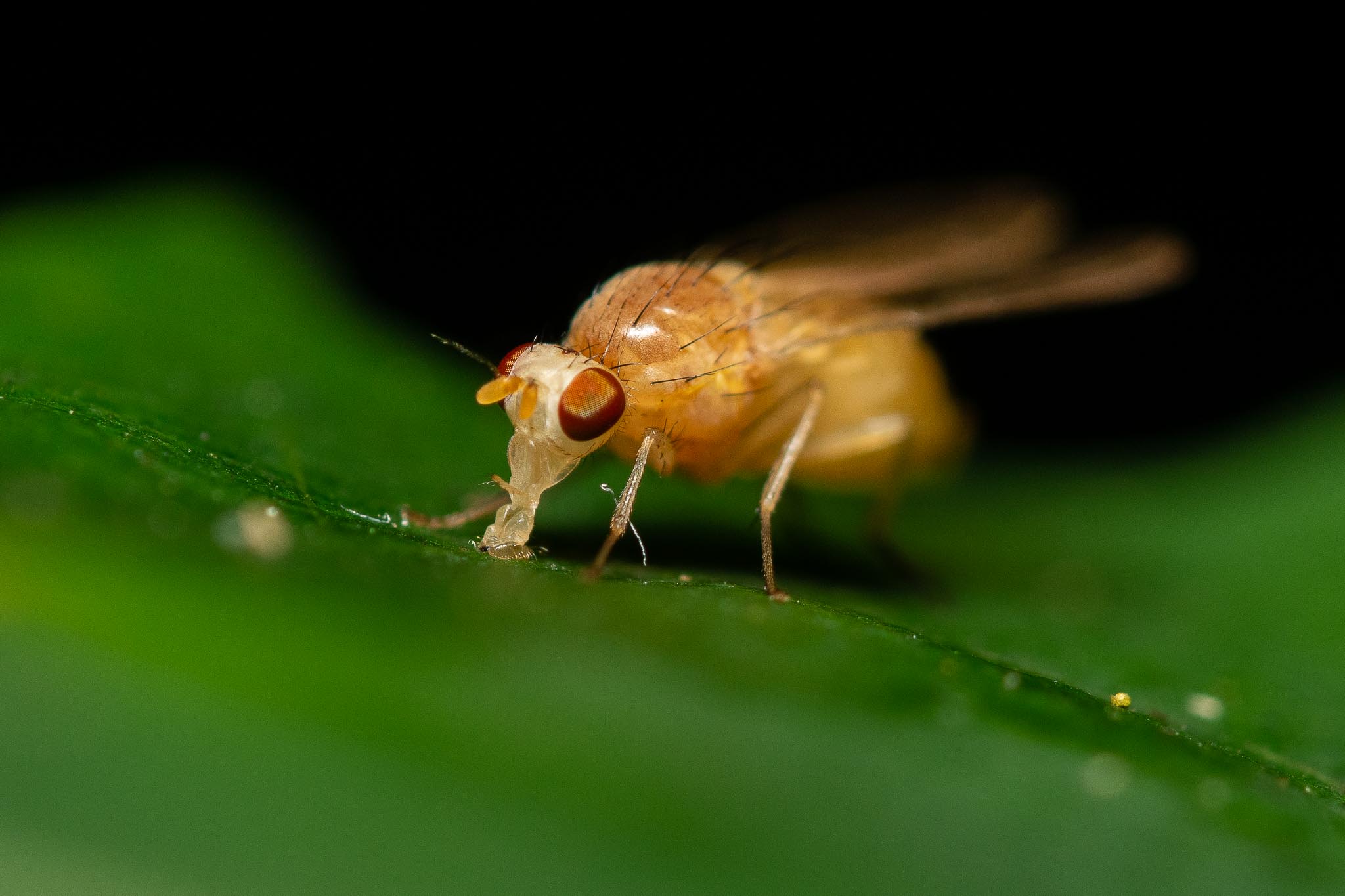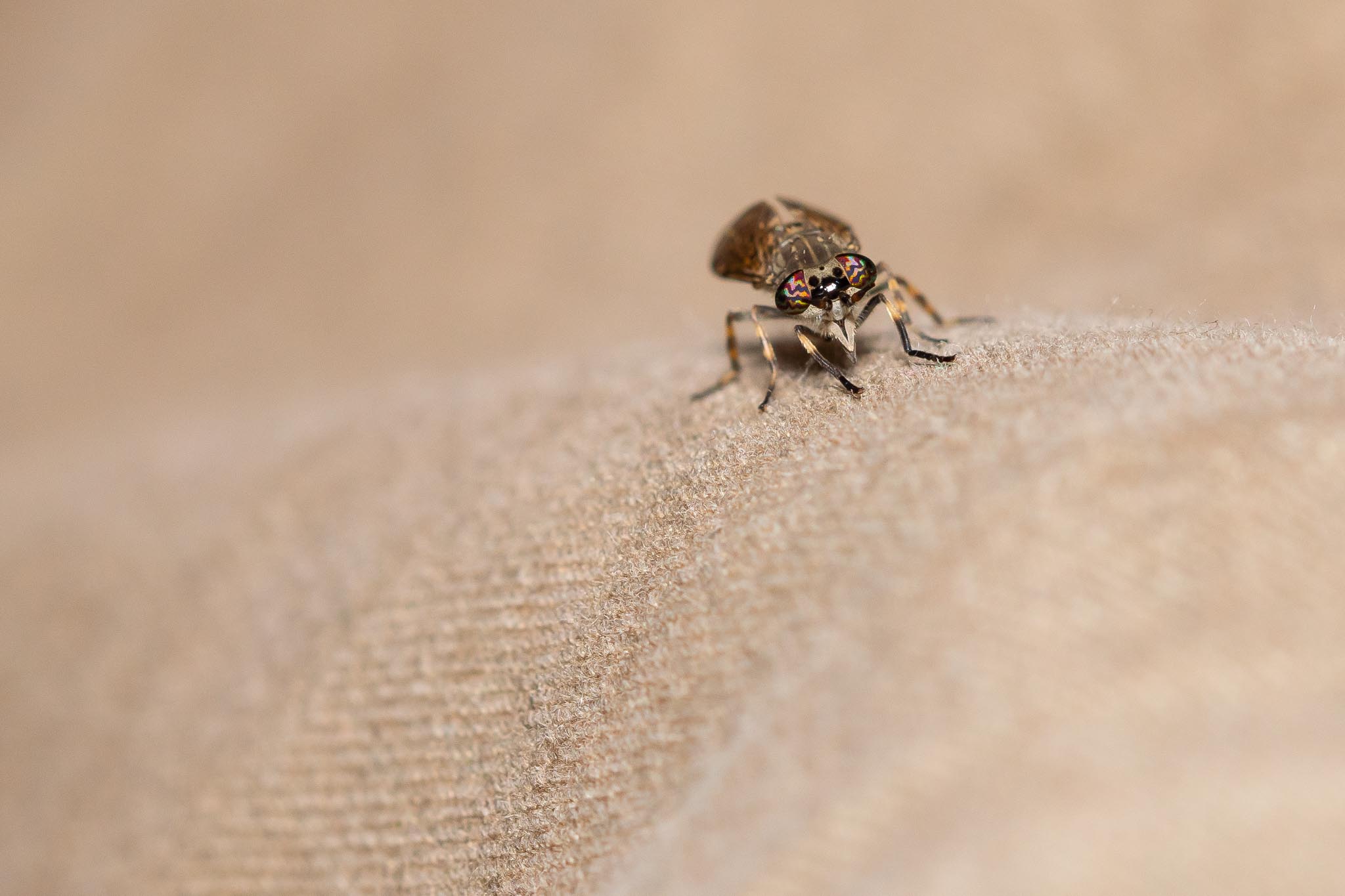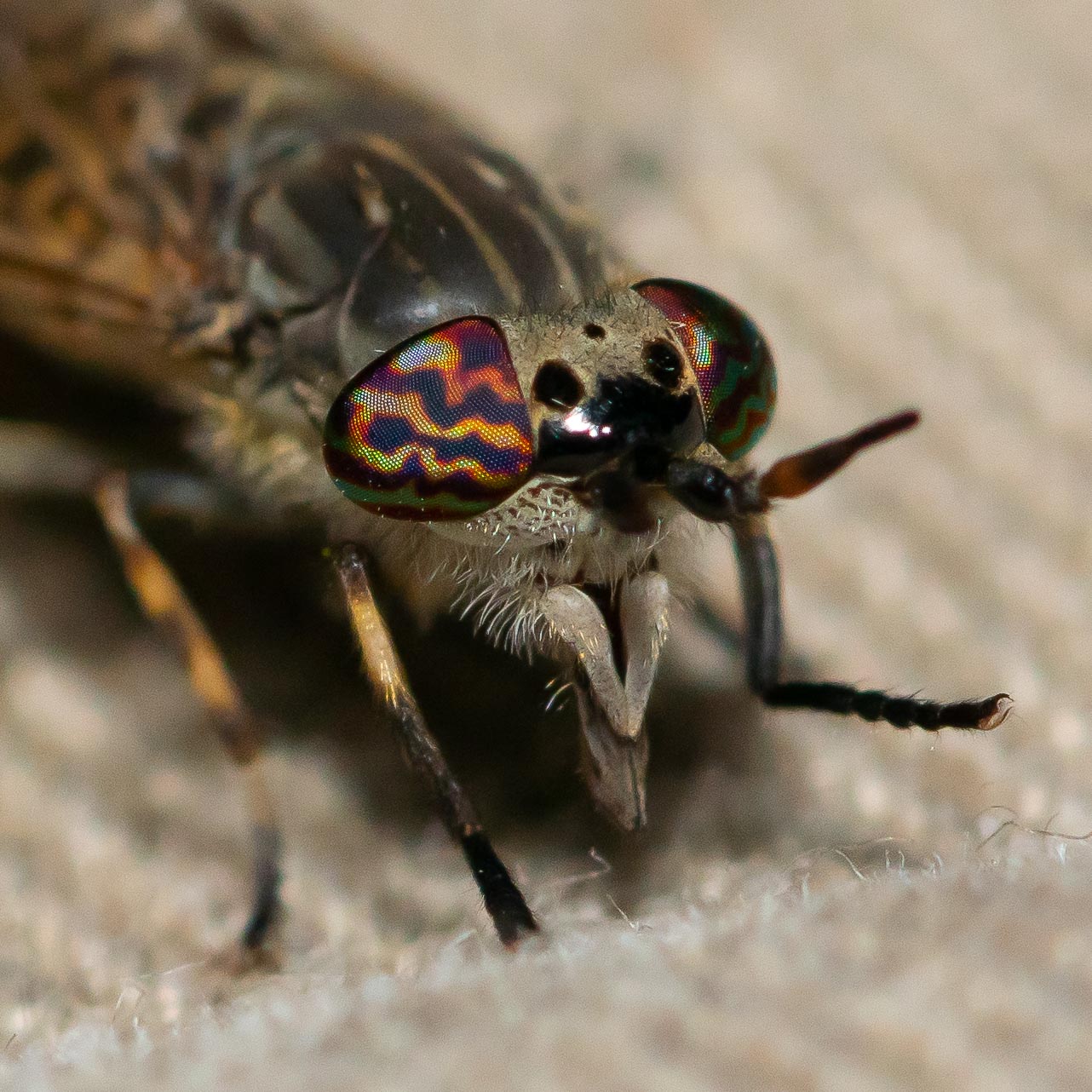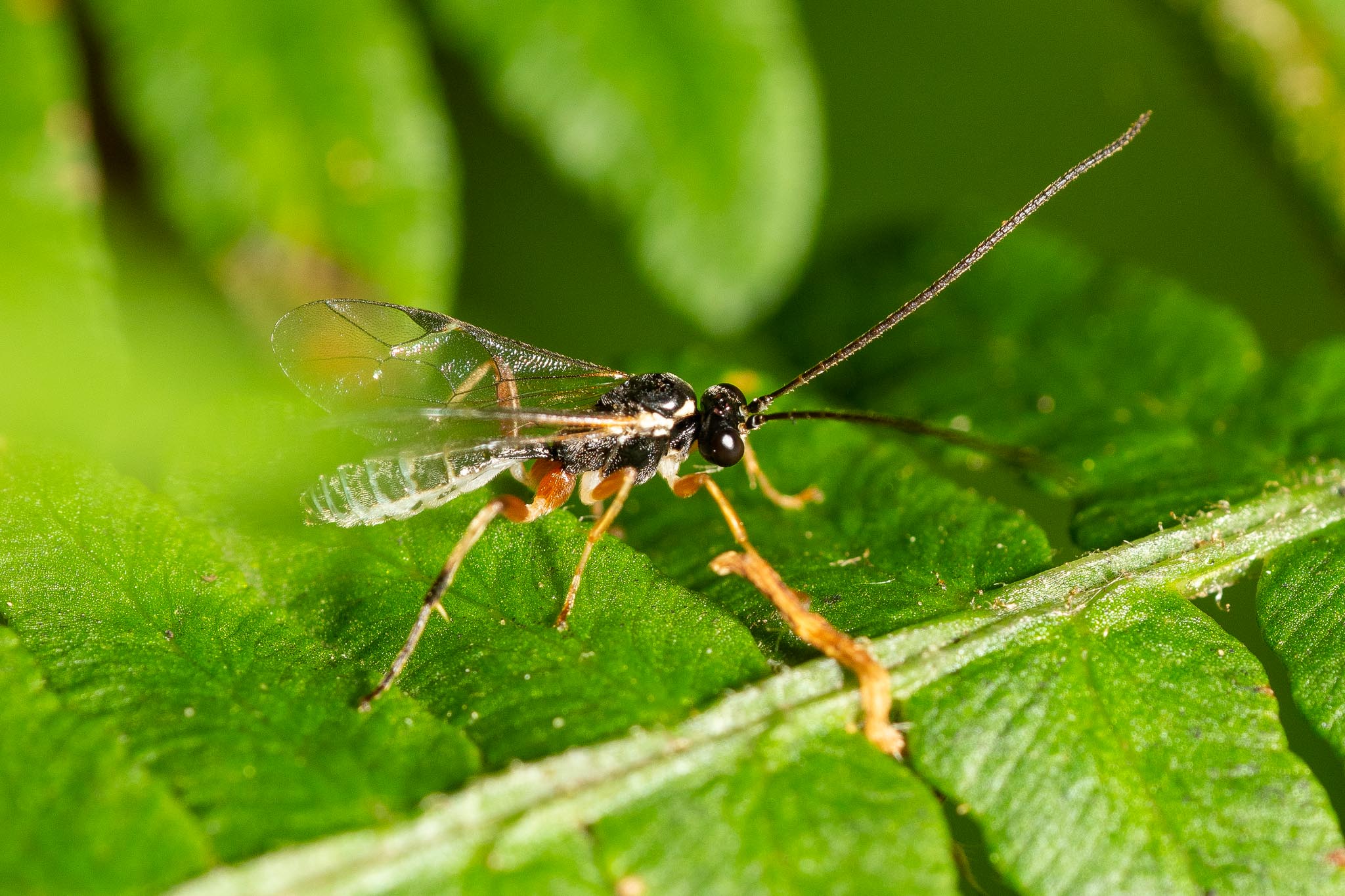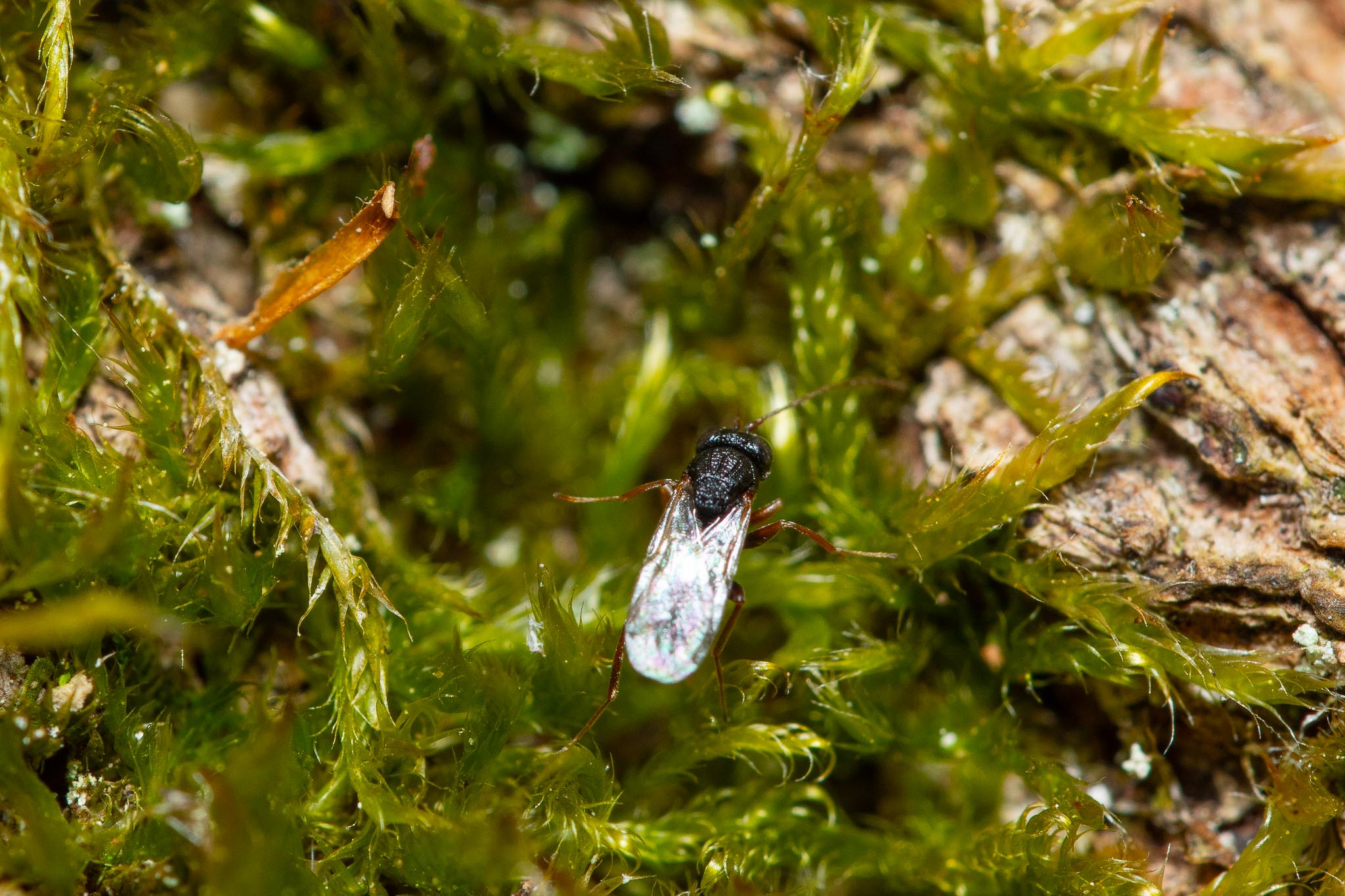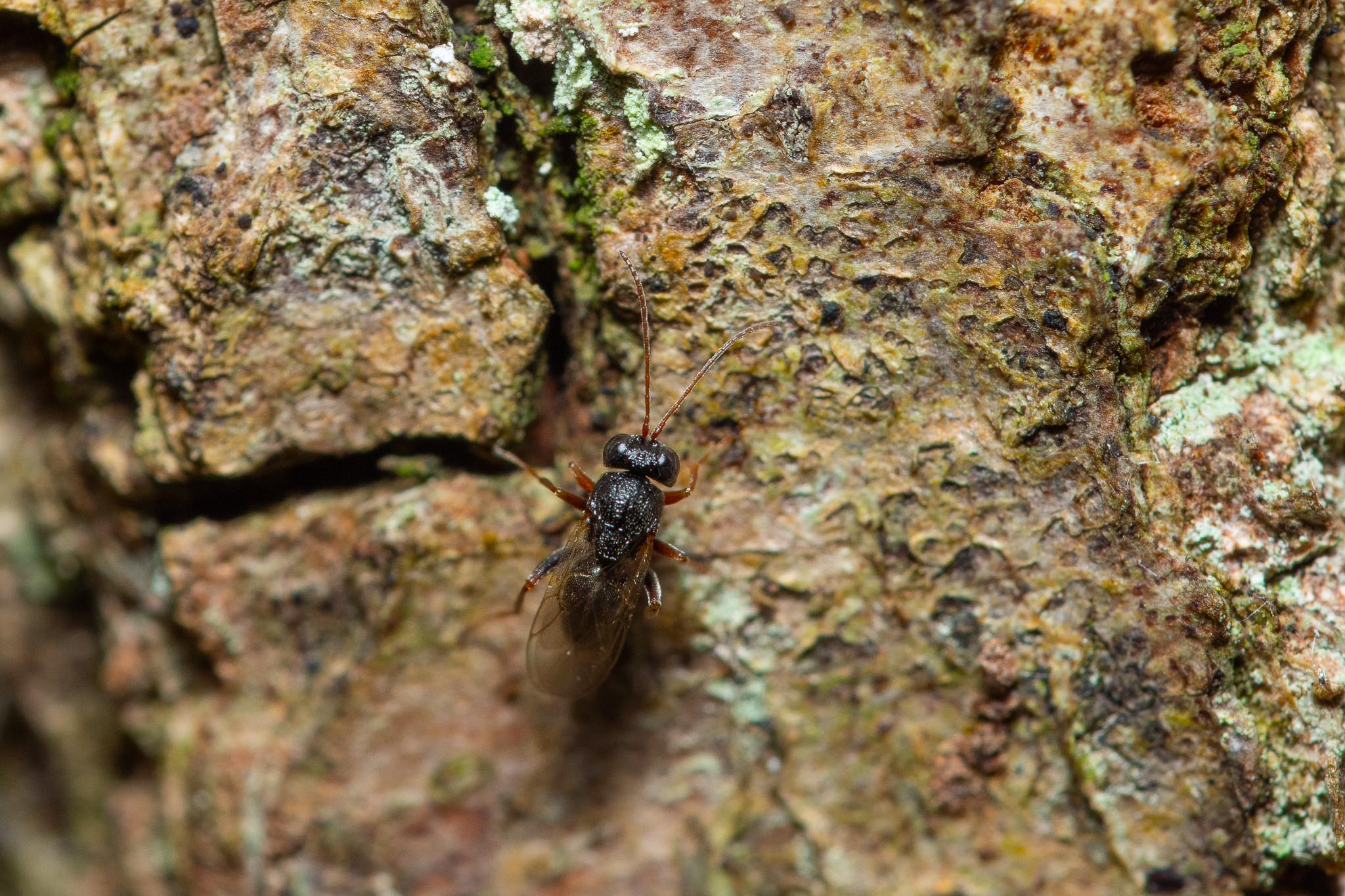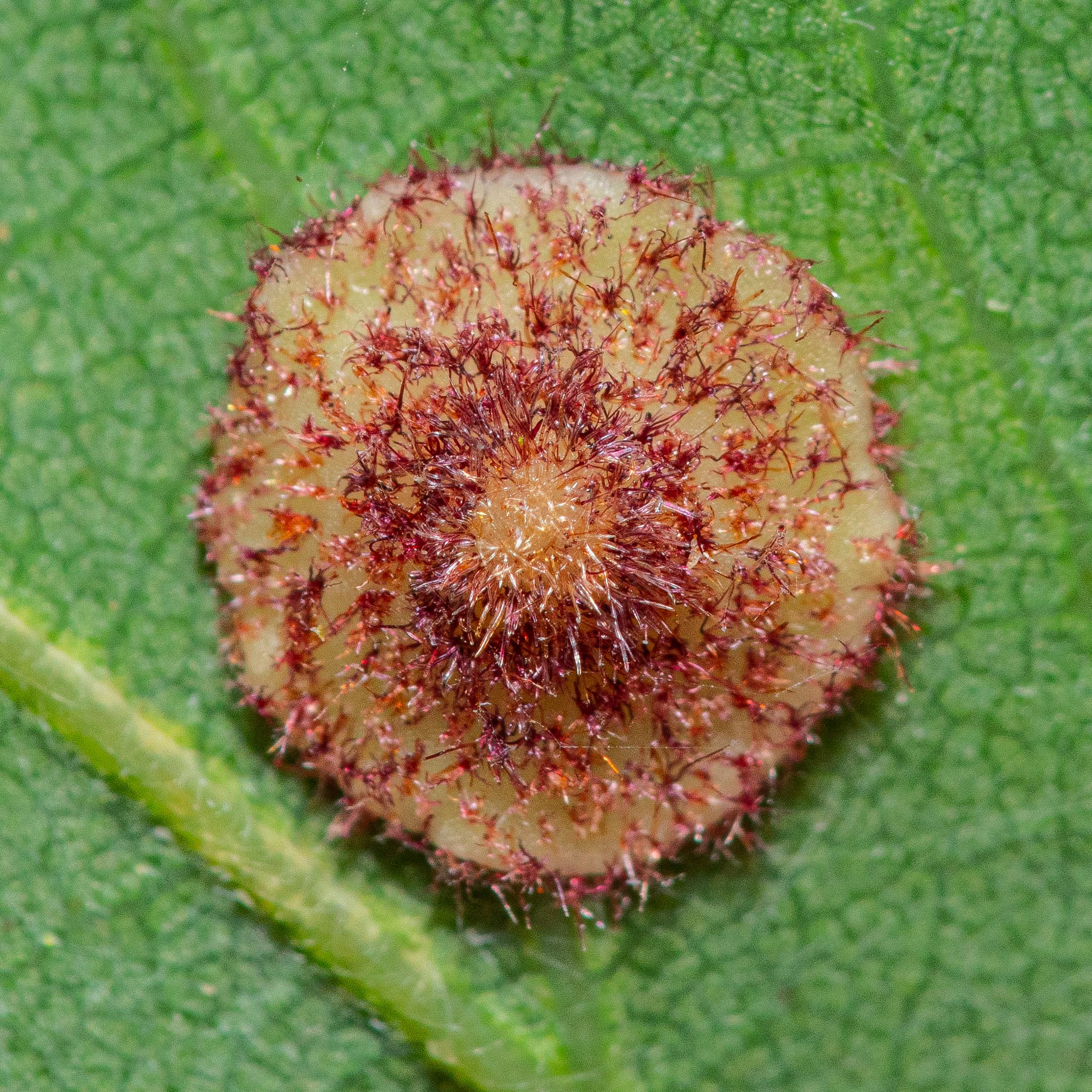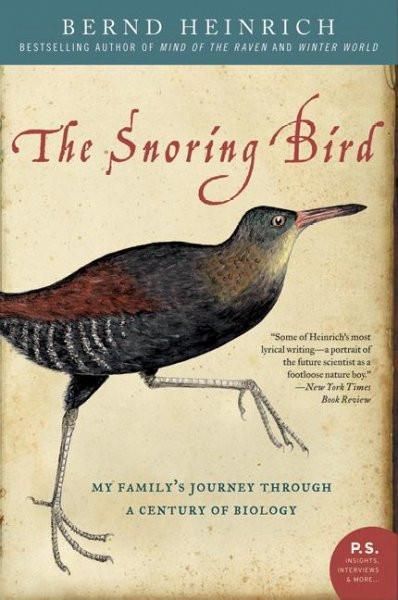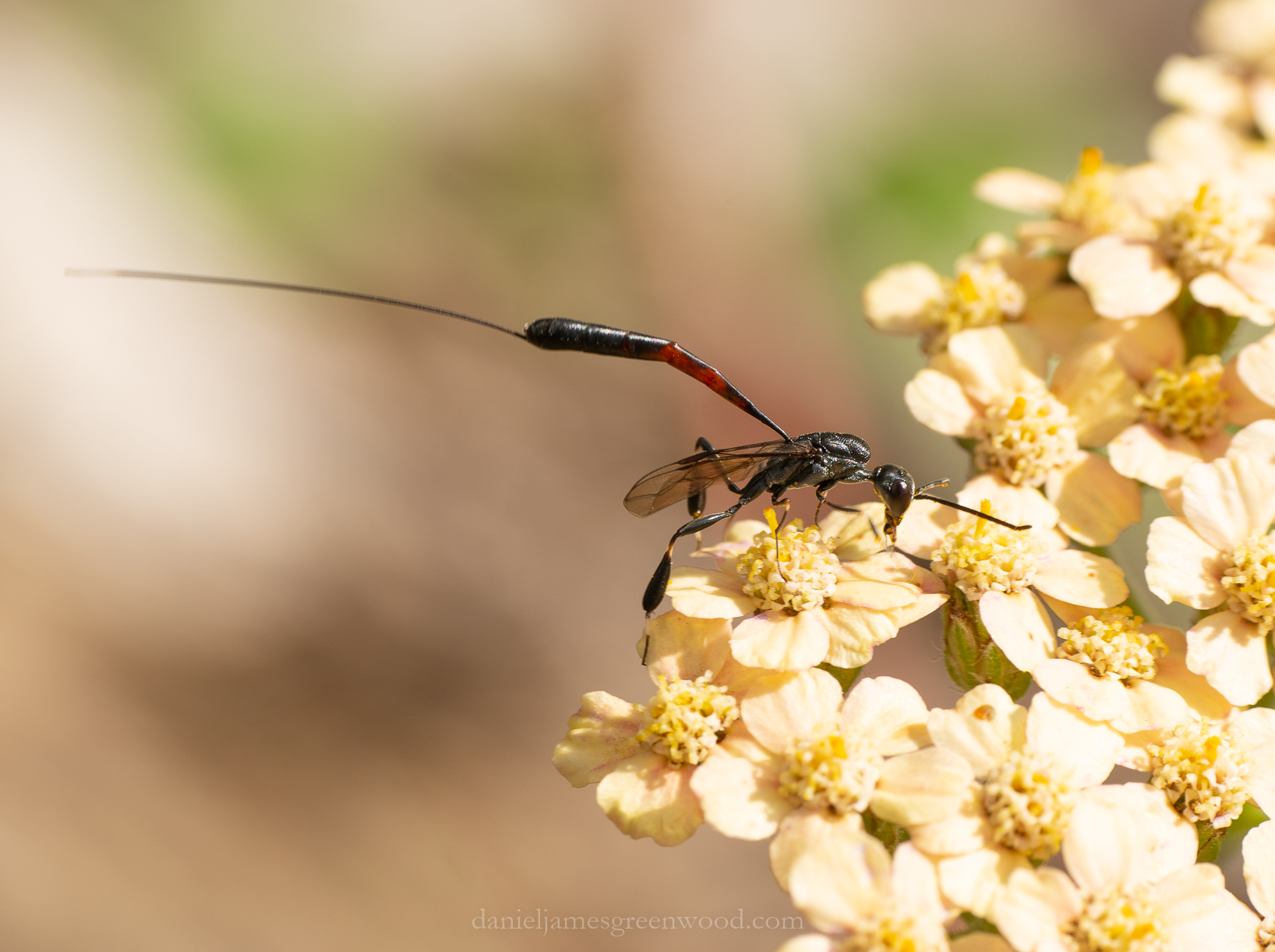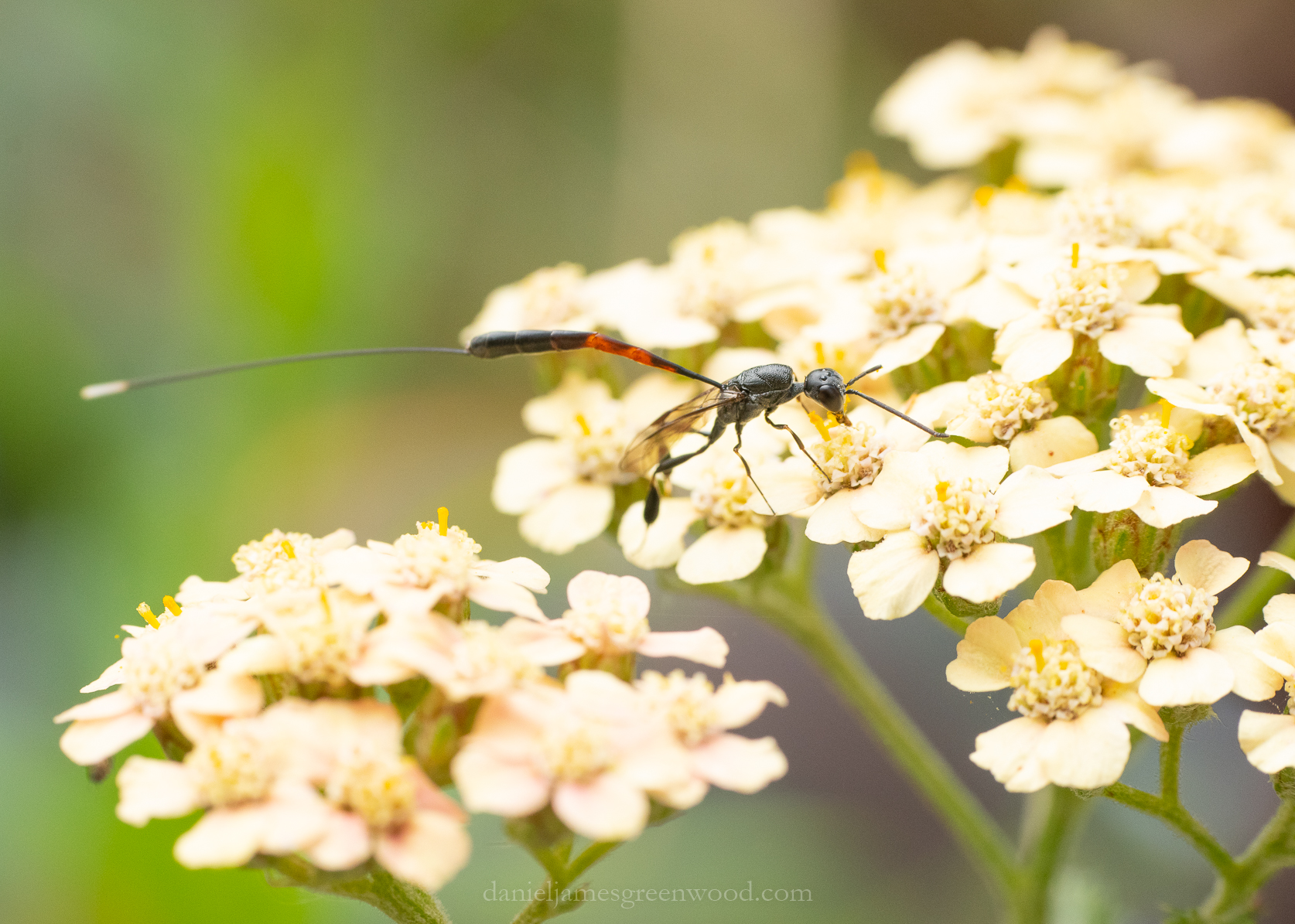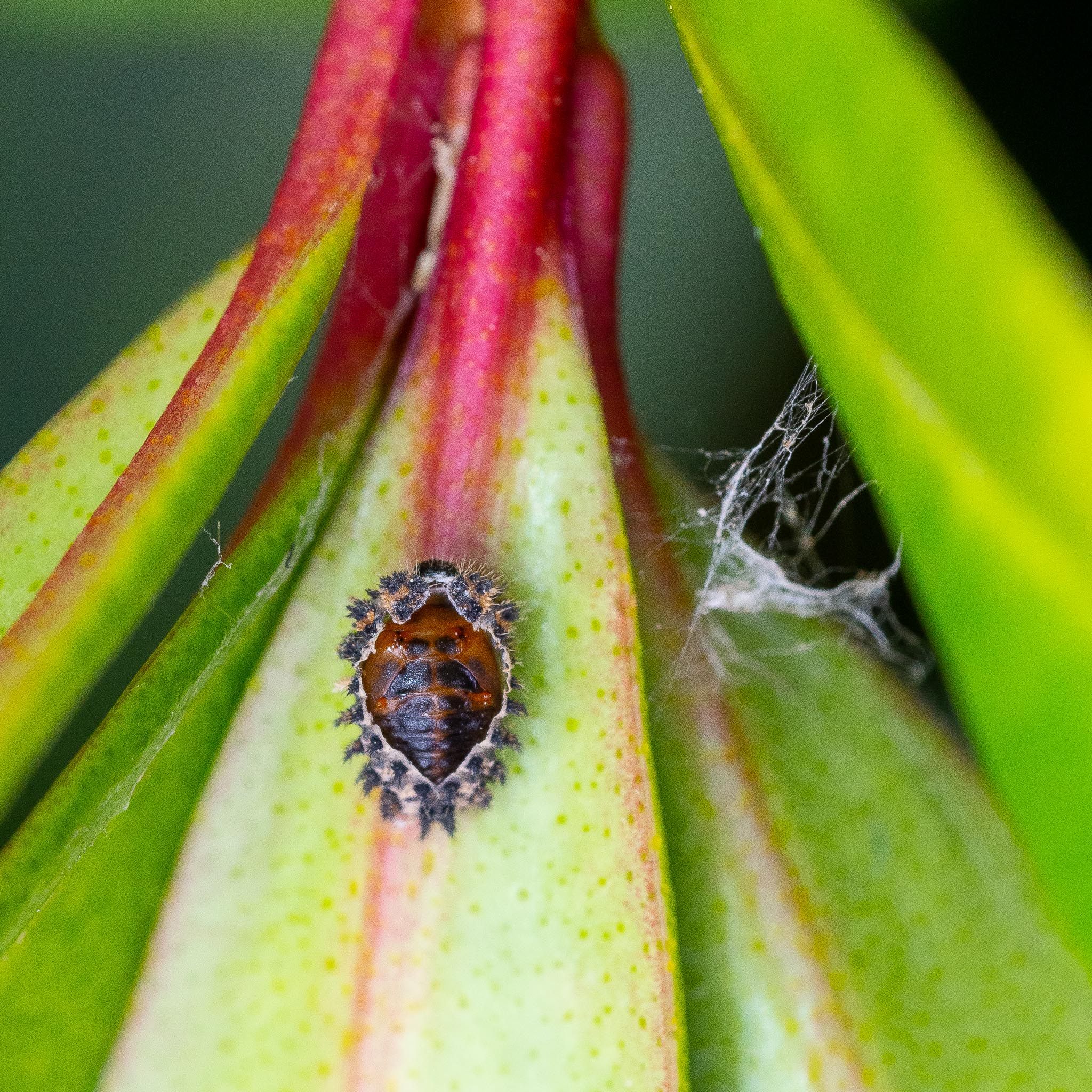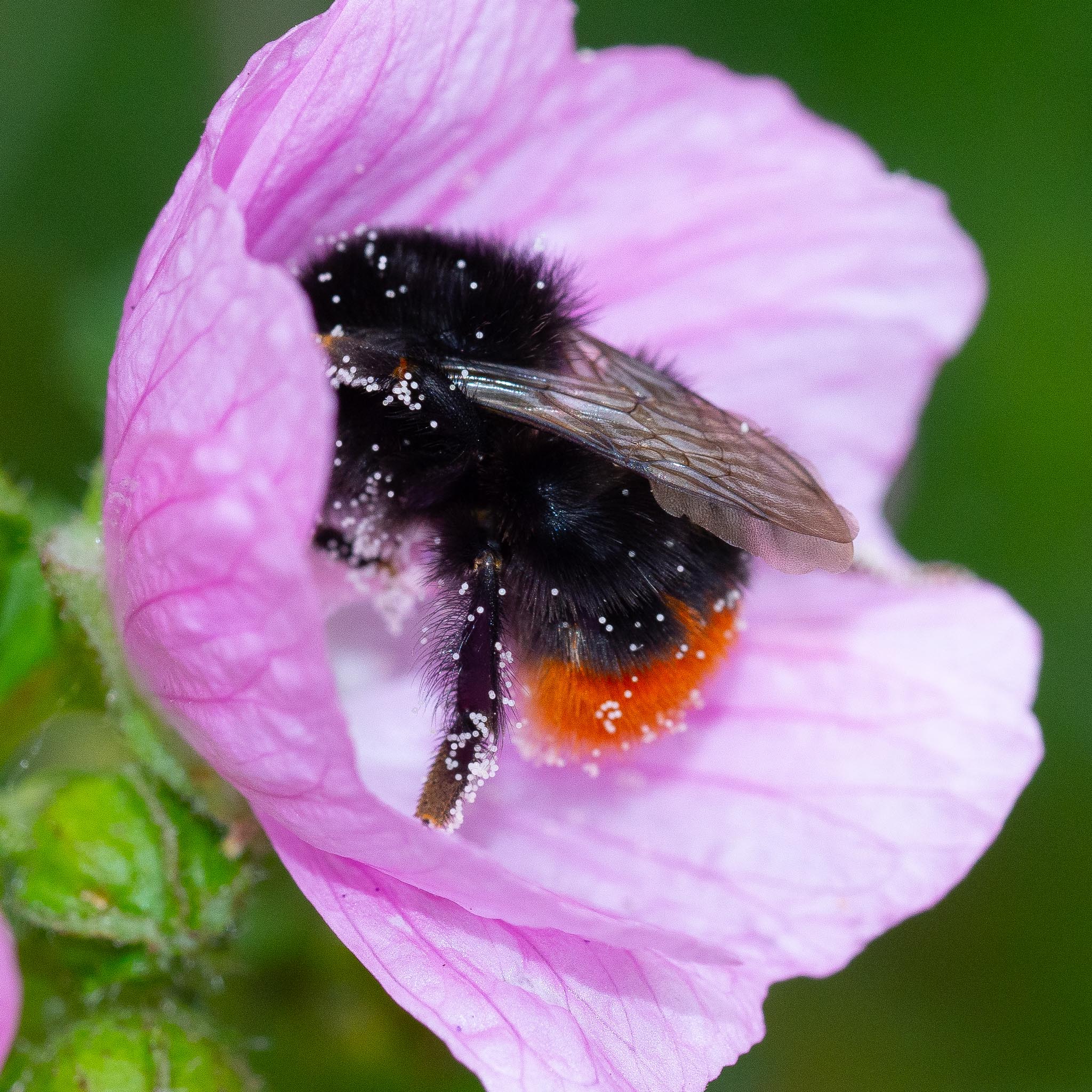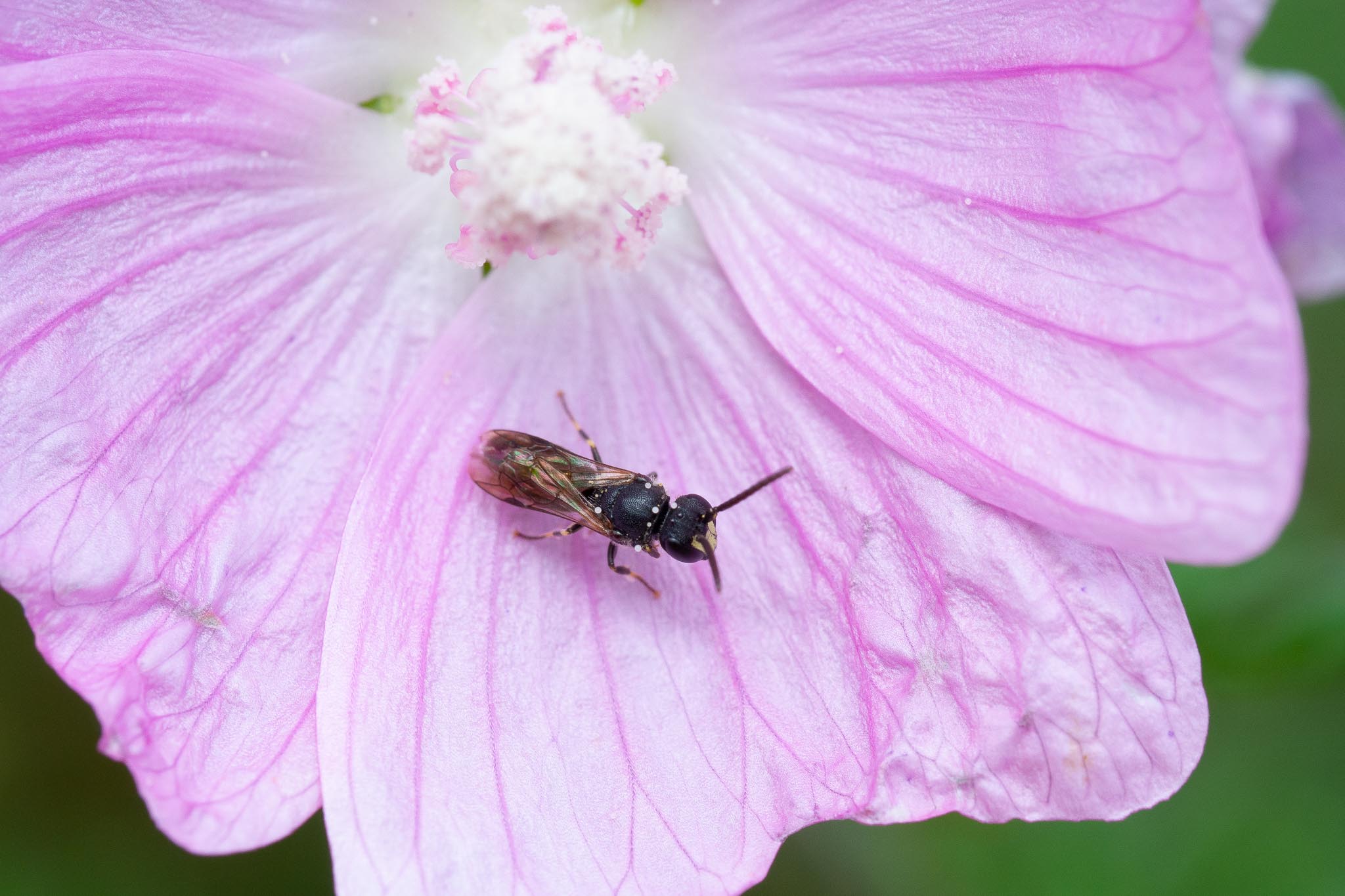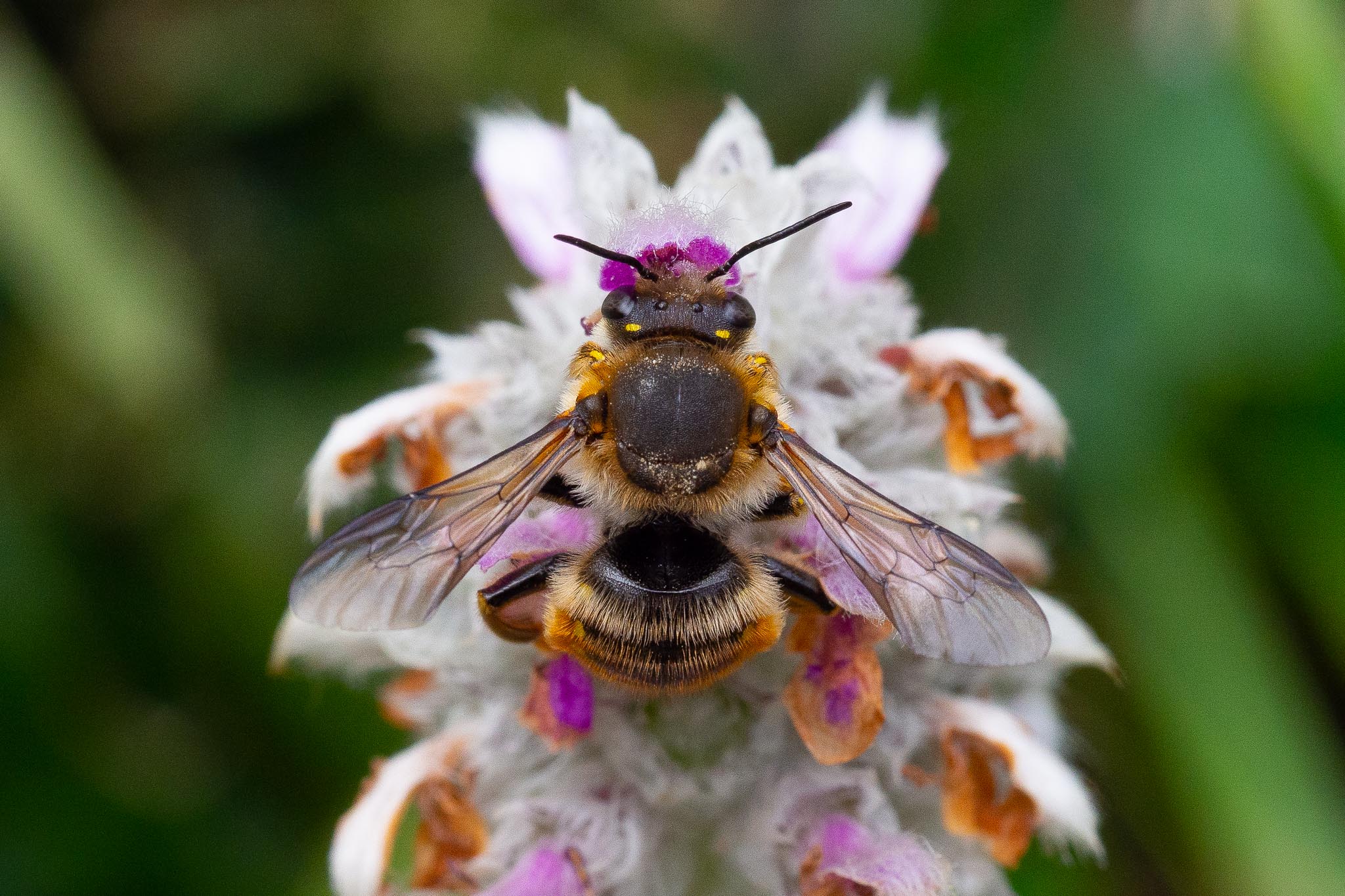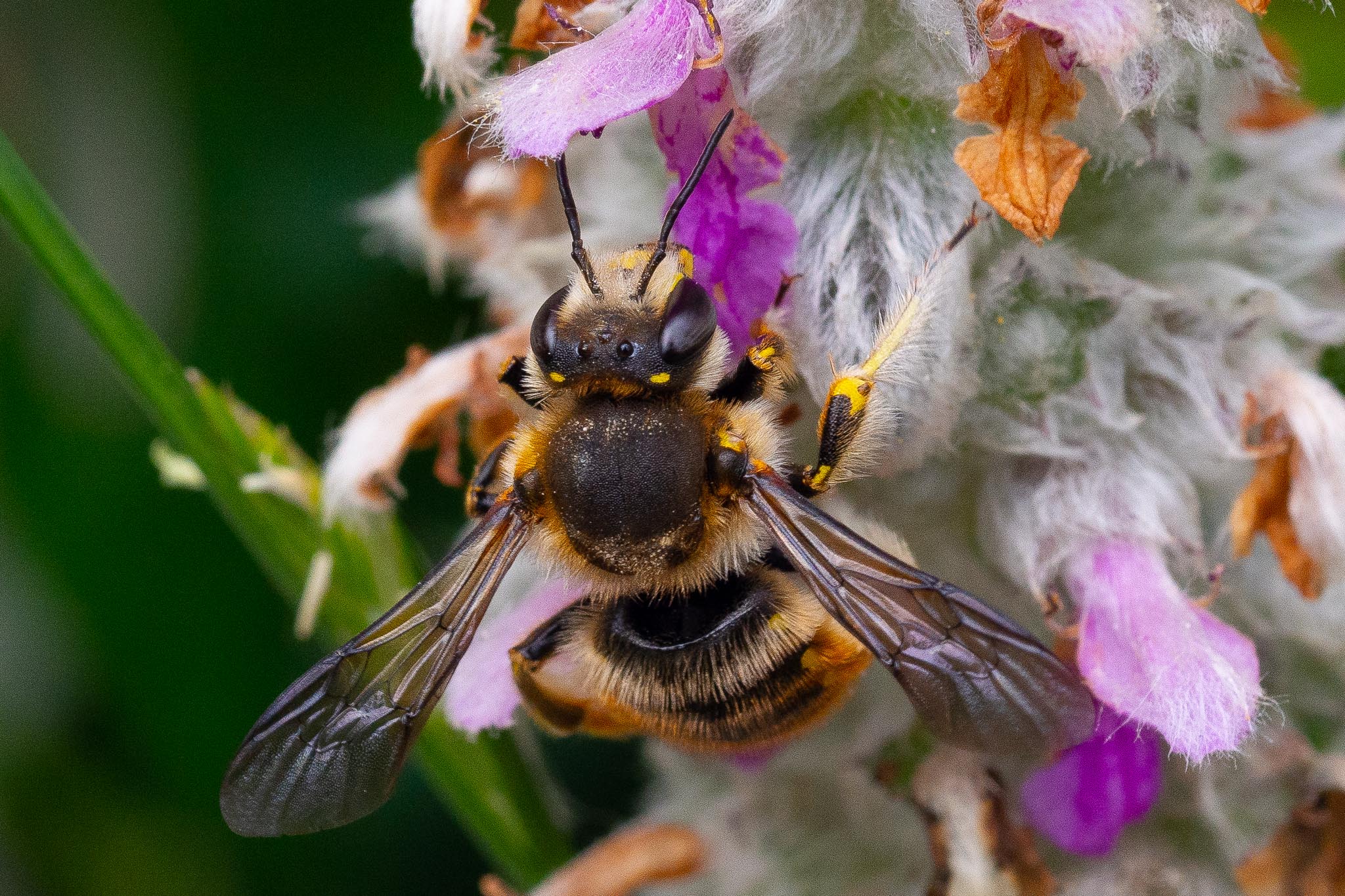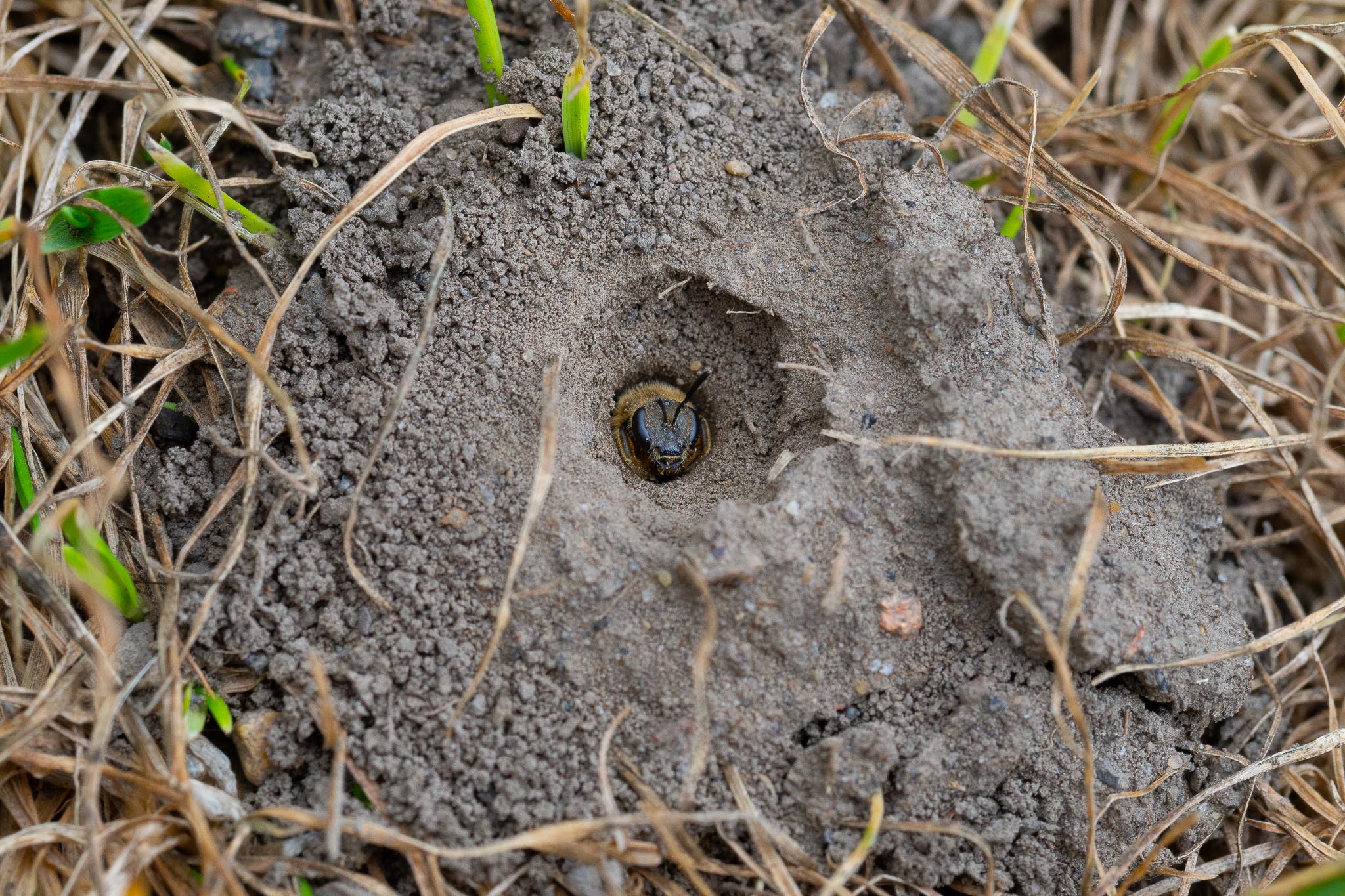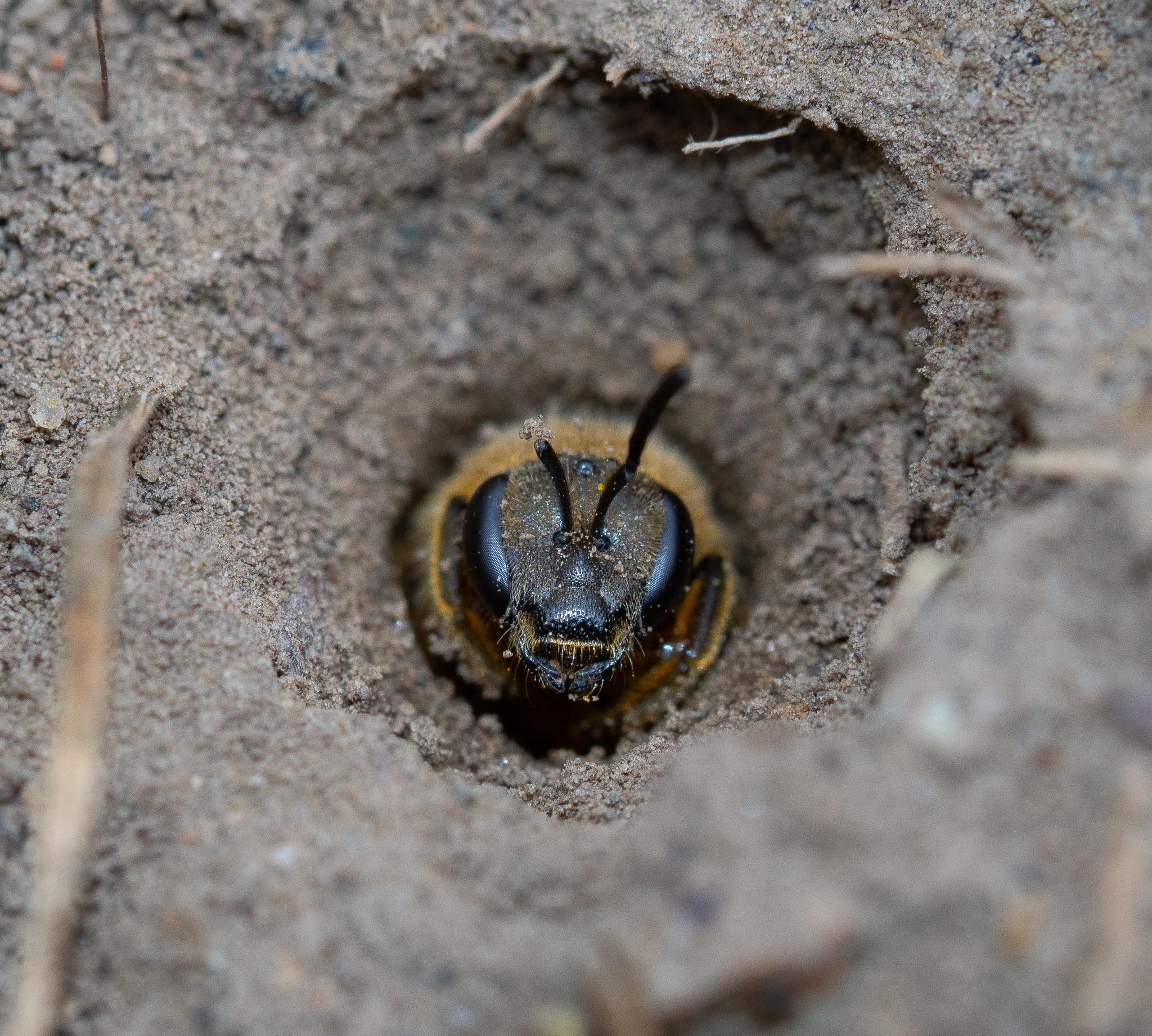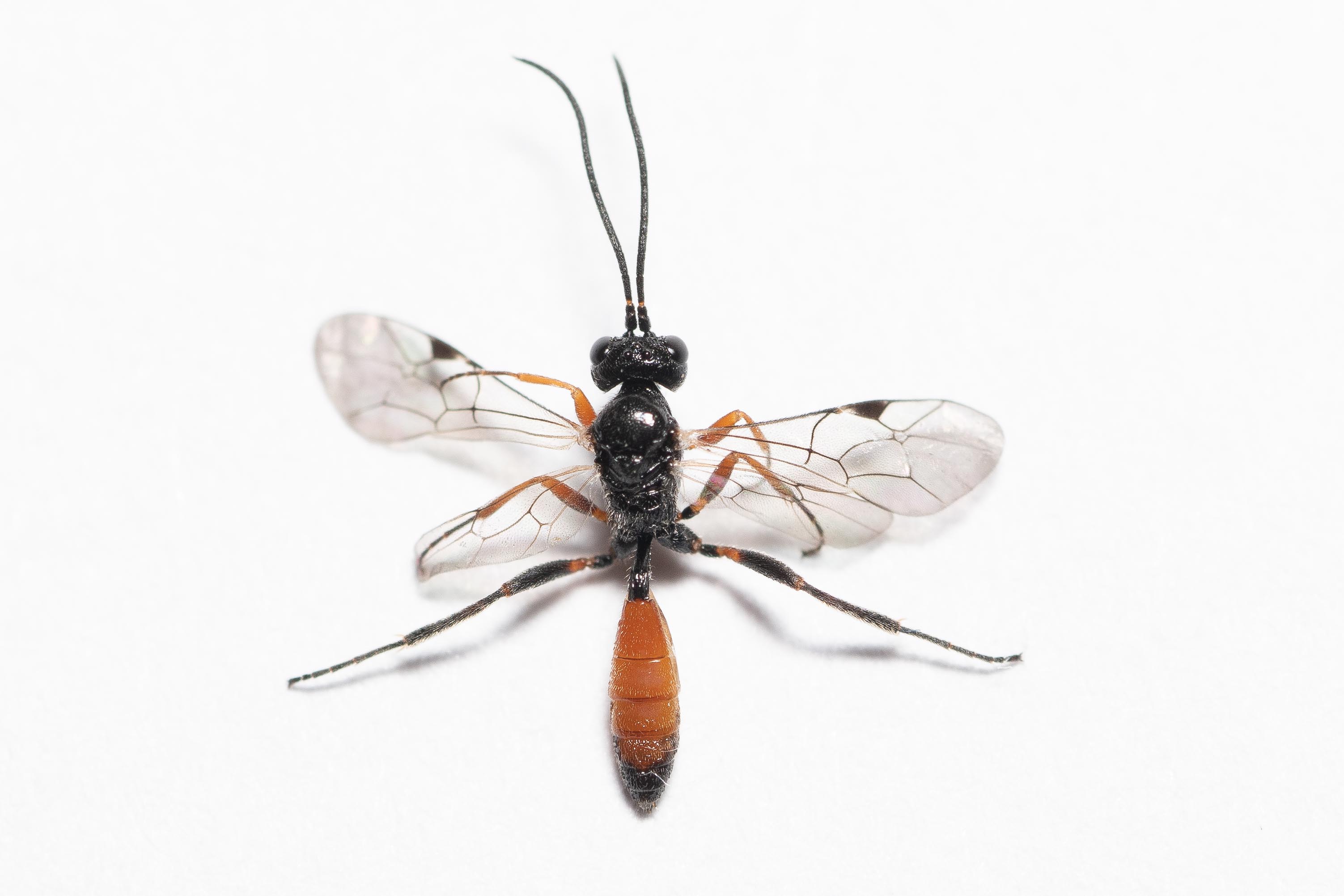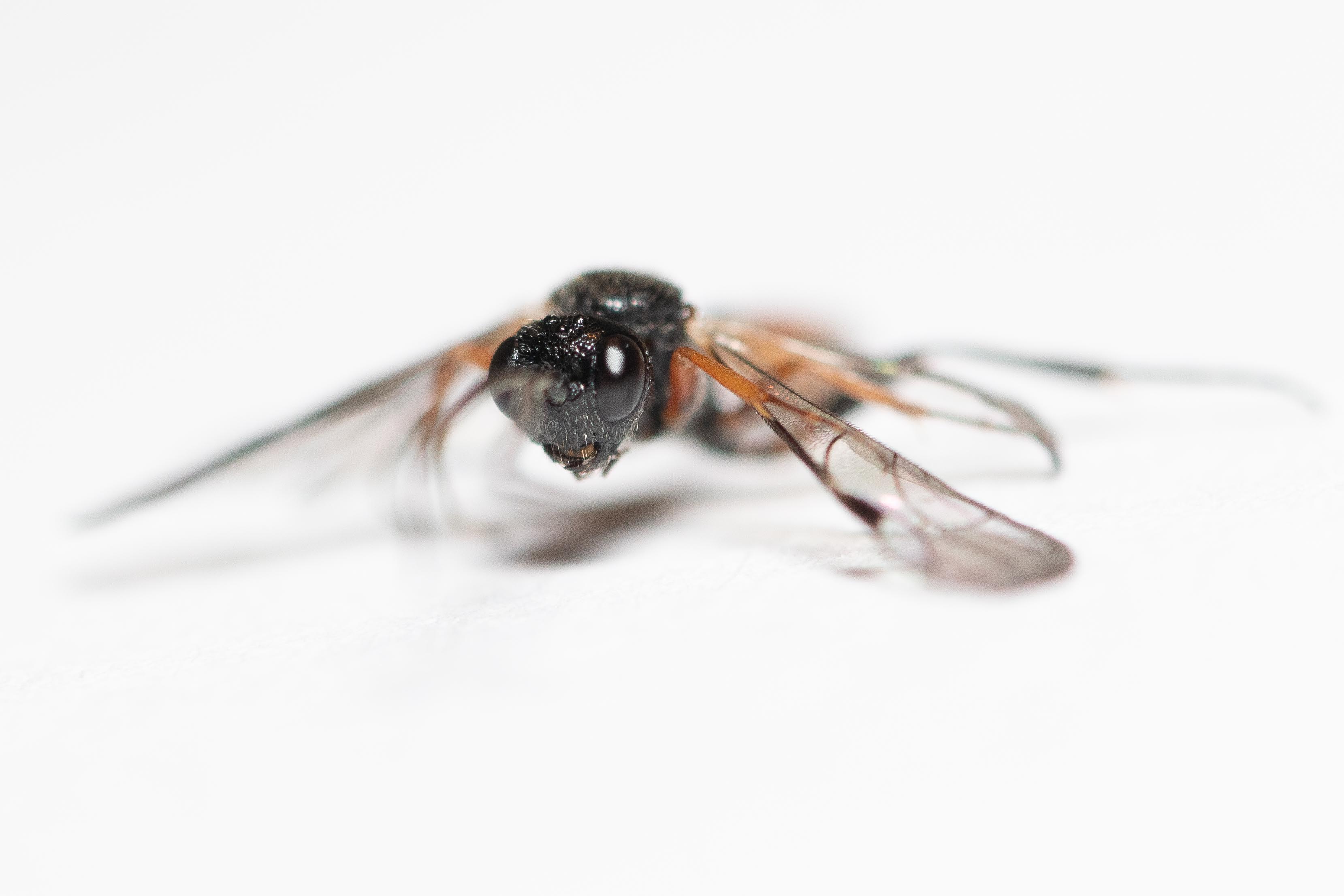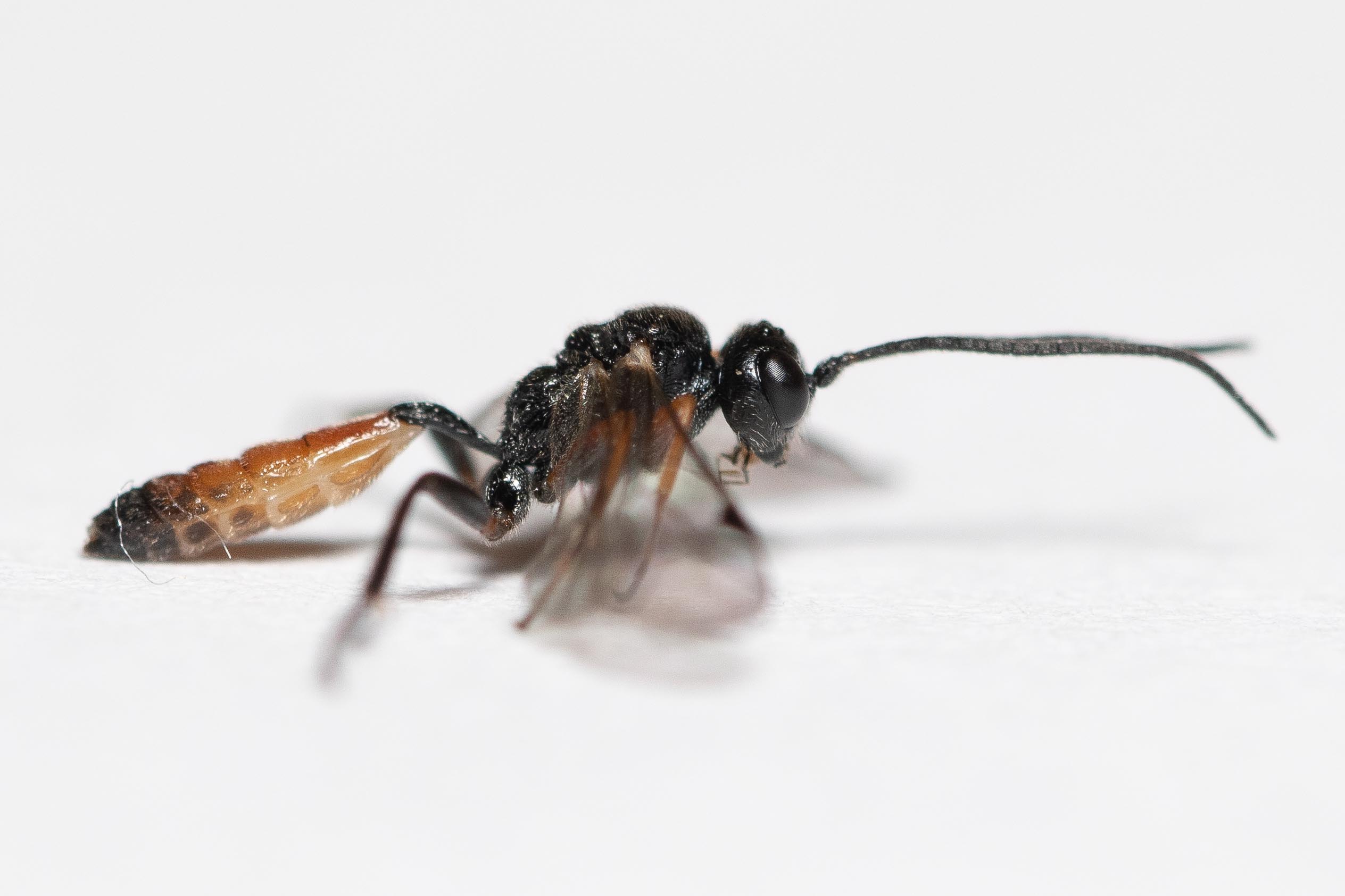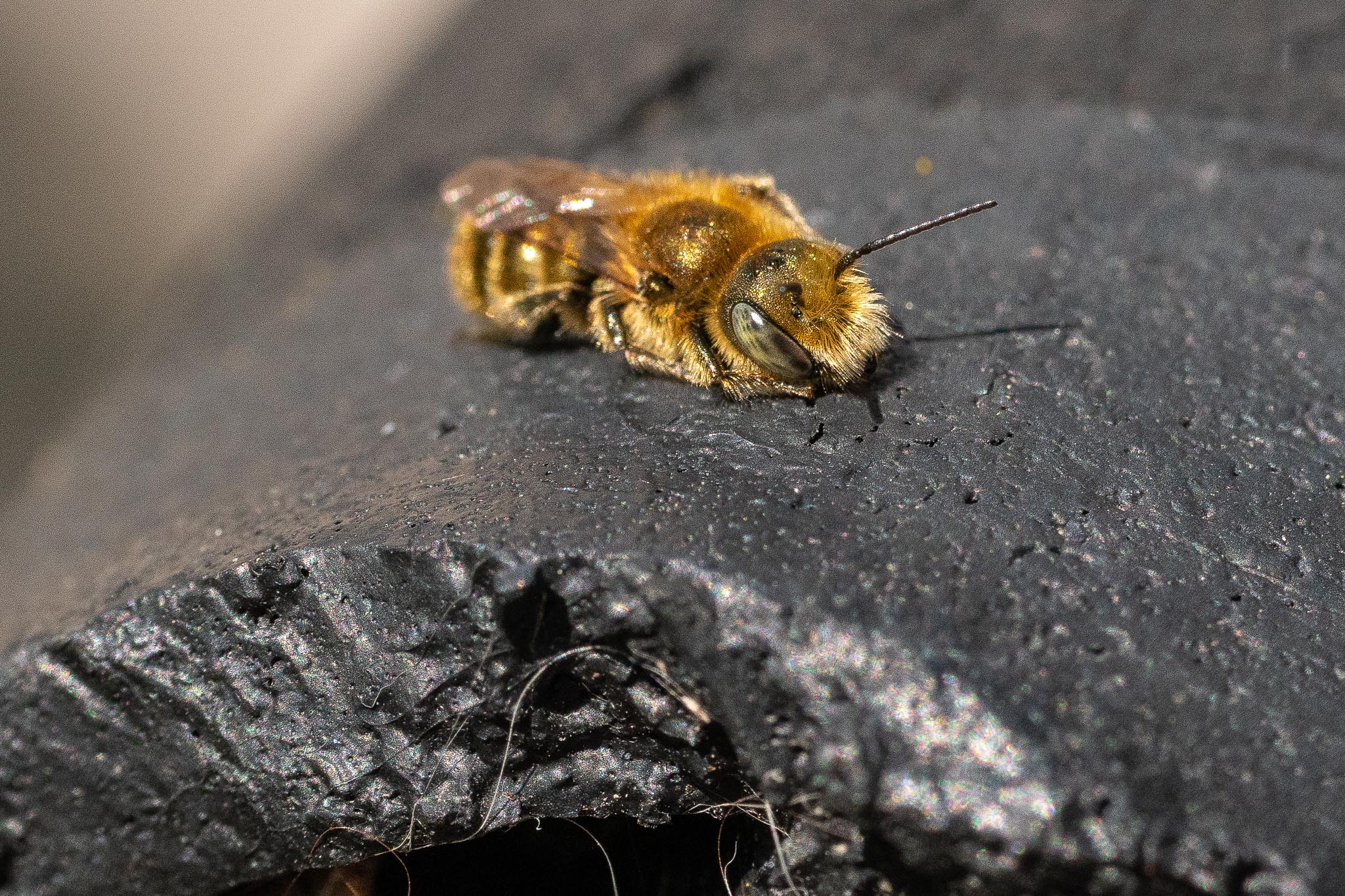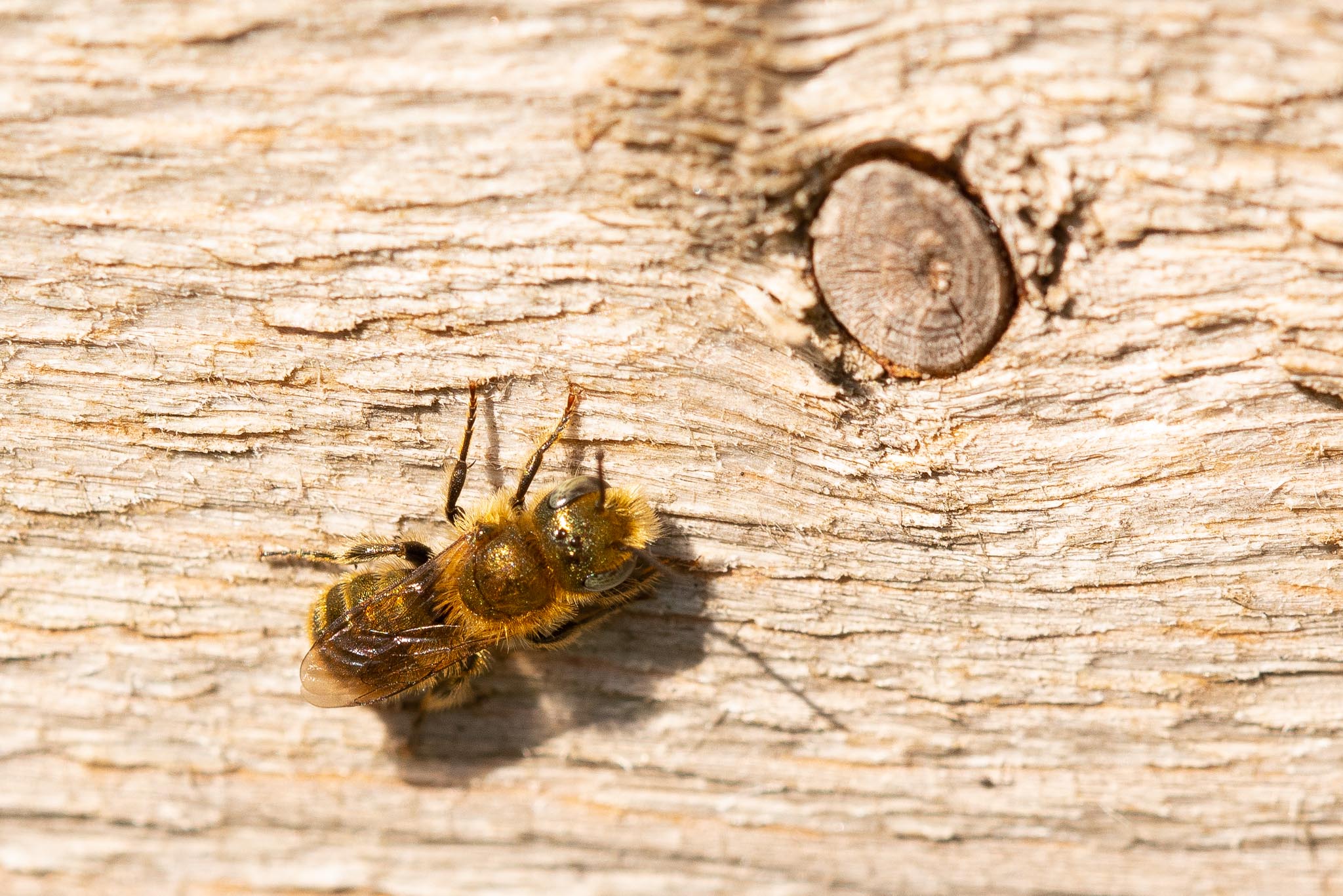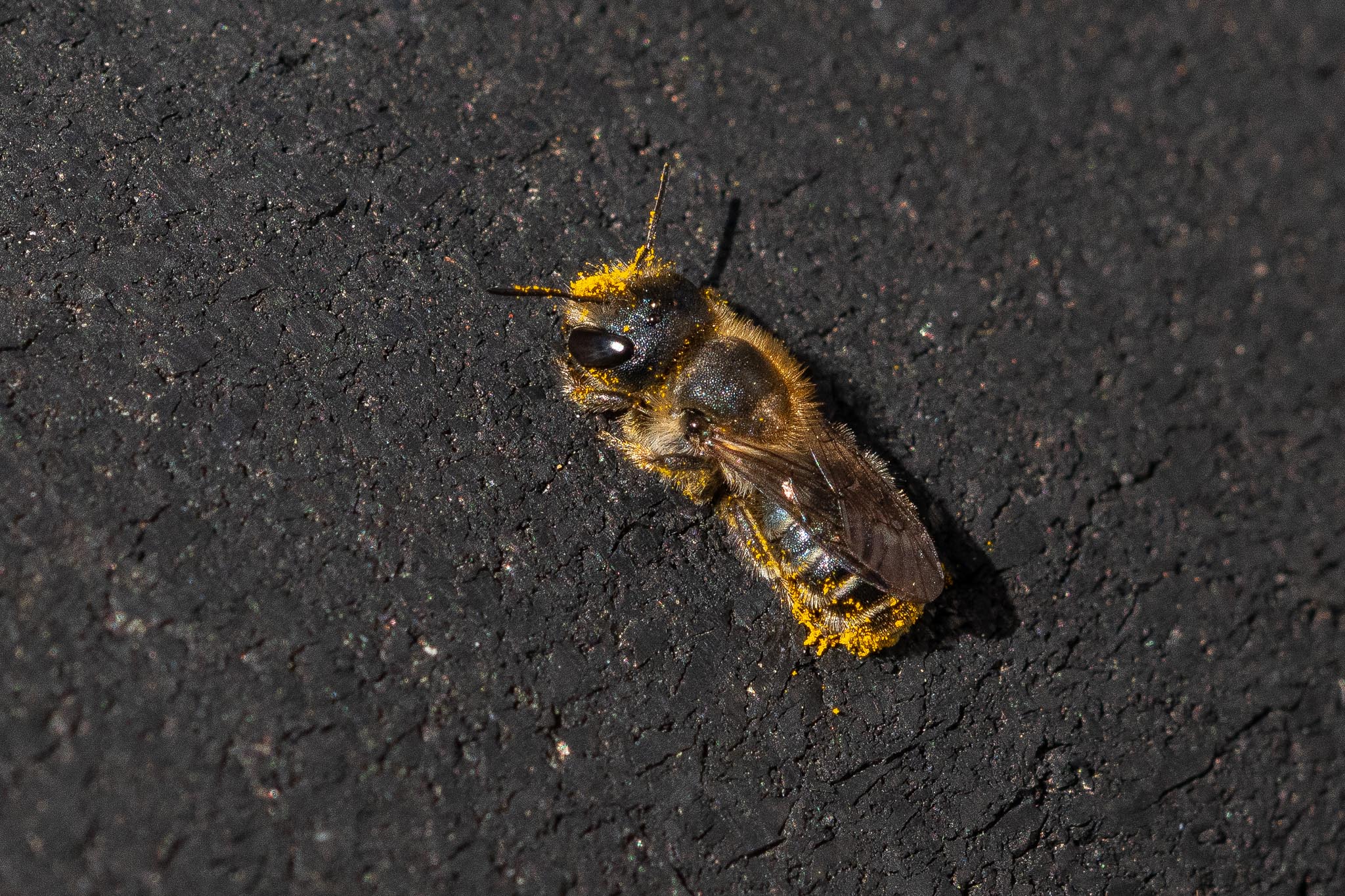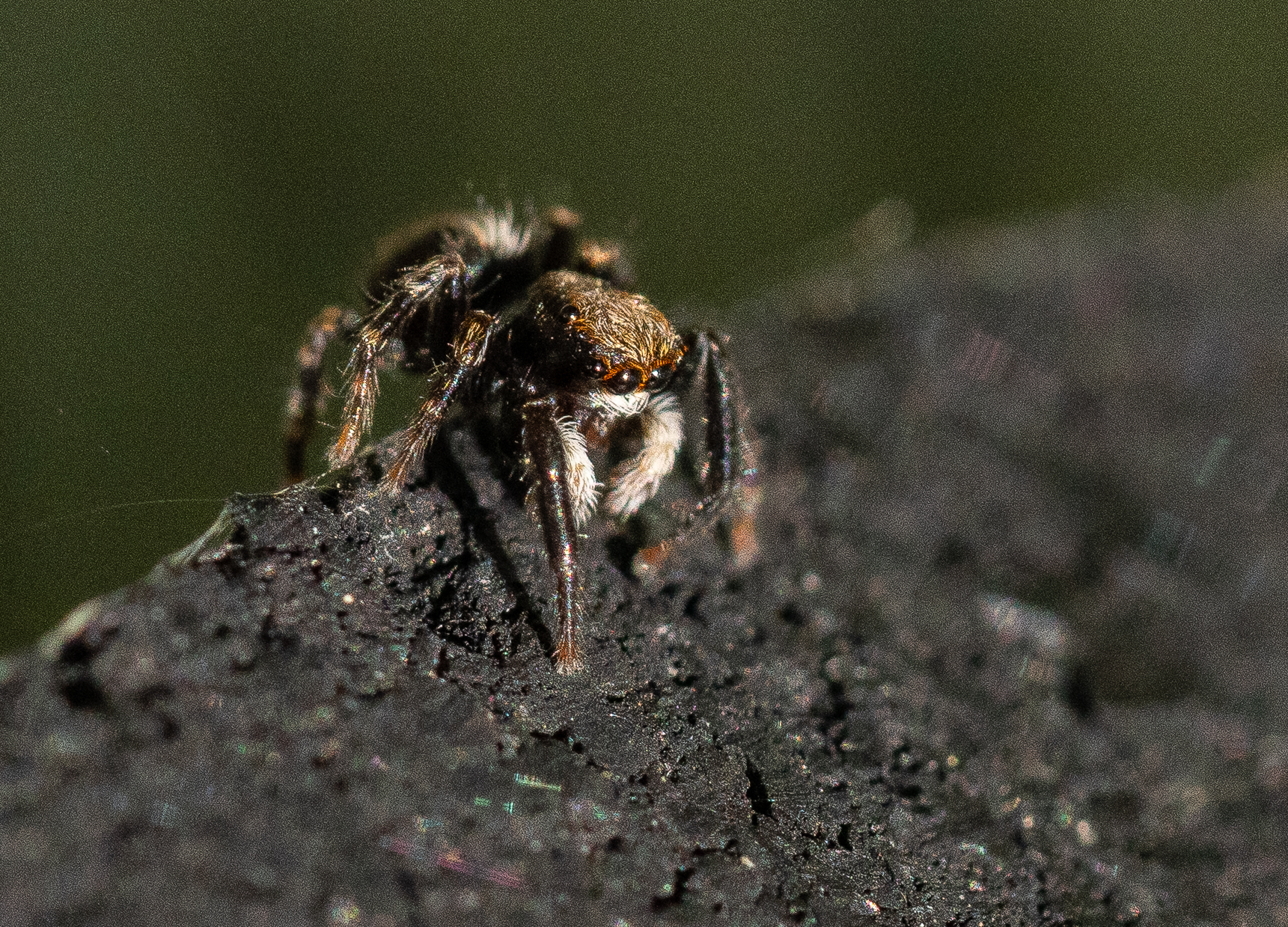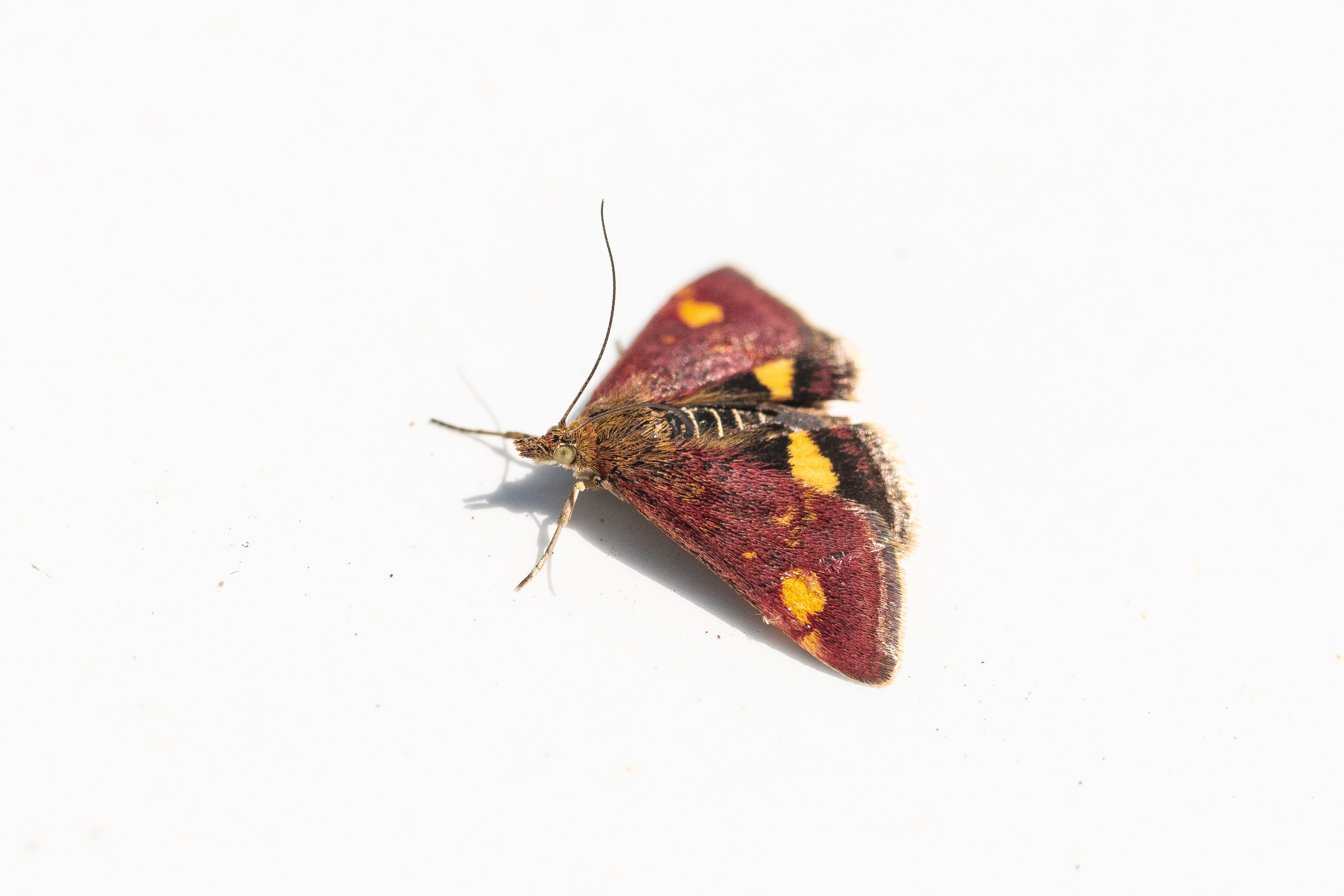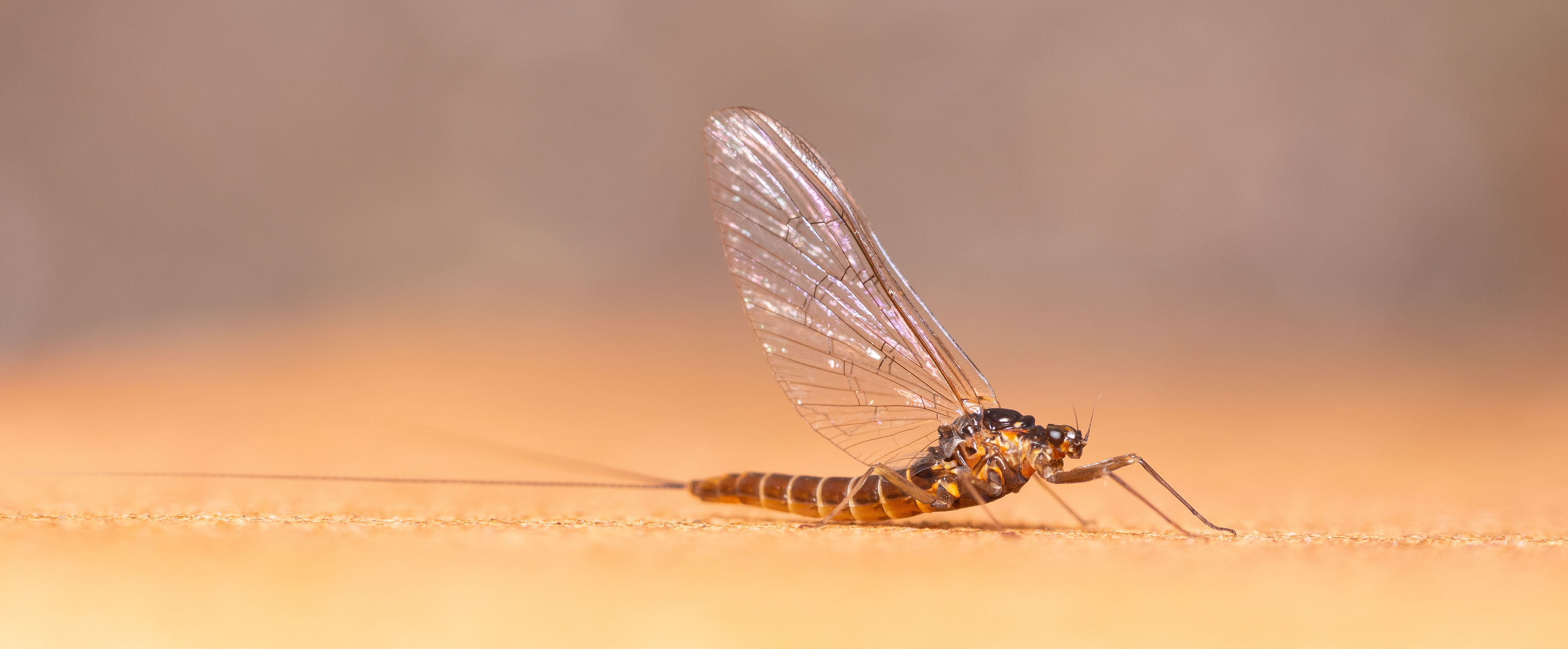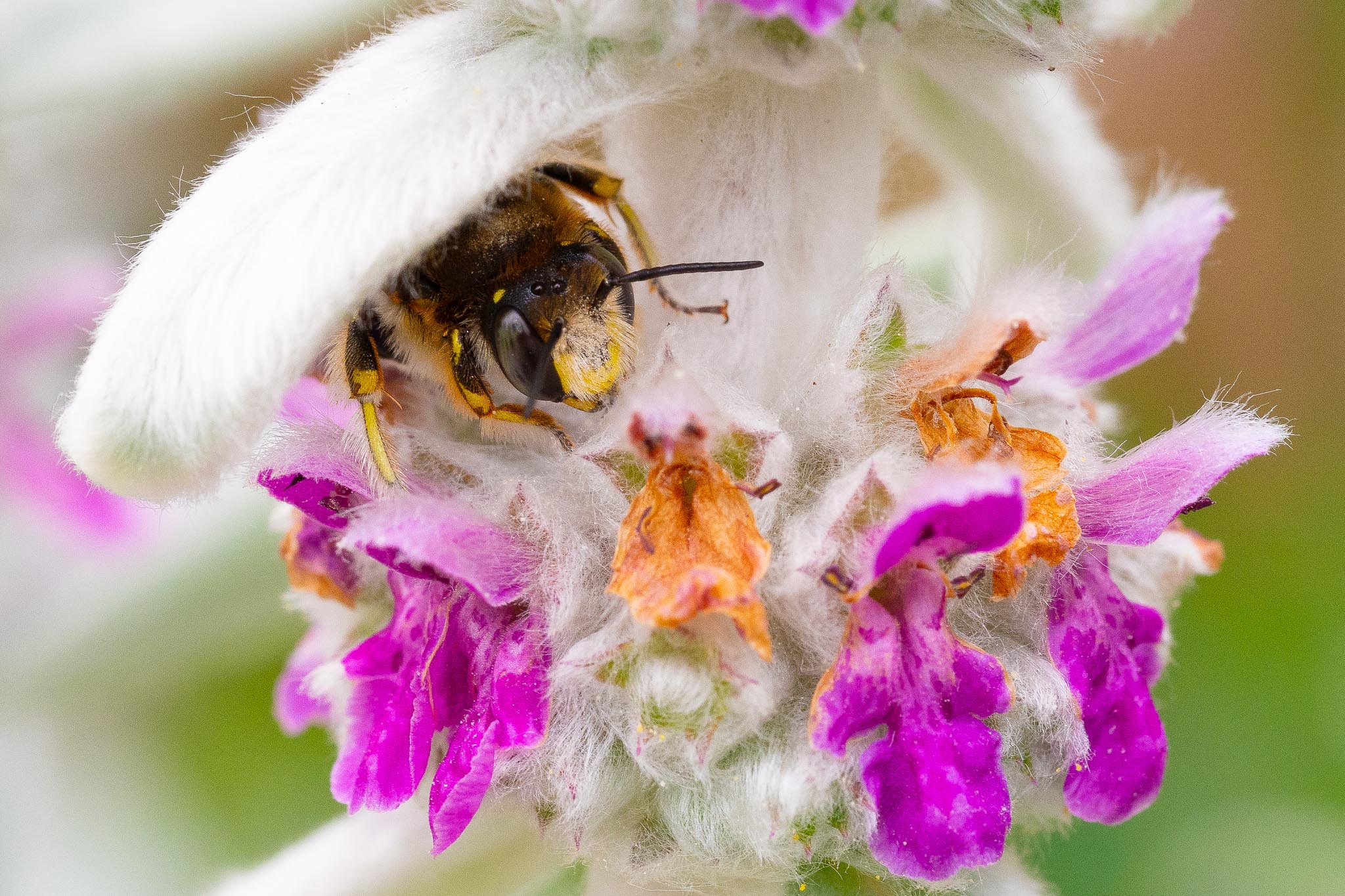
Macro Monday 15th June 2020
Each week, this blog is defined by the weather the week has thrown out. The headline photo of a wool carder bee sheltering under a leaf defines it pretty well. It’s been grey, sometimes wet, and very windy. That has meant more than anything that I’ve been focusing again on the garden. No trips to local National Parks this week.

One of the regular lessons I learn from macro photography is that travel is not necessarily helpful. It’s knowing your location. Macro makes a National Park of a flower bed in terms of micro-locations to visit. A beetle is a bison, a bee is a beaver, if you see what I mean. In a raised bed where raspberries are growing prolifically one leaf has fallen and is housing these eggs. I’m not sure what they are, perhaps a shield bug.
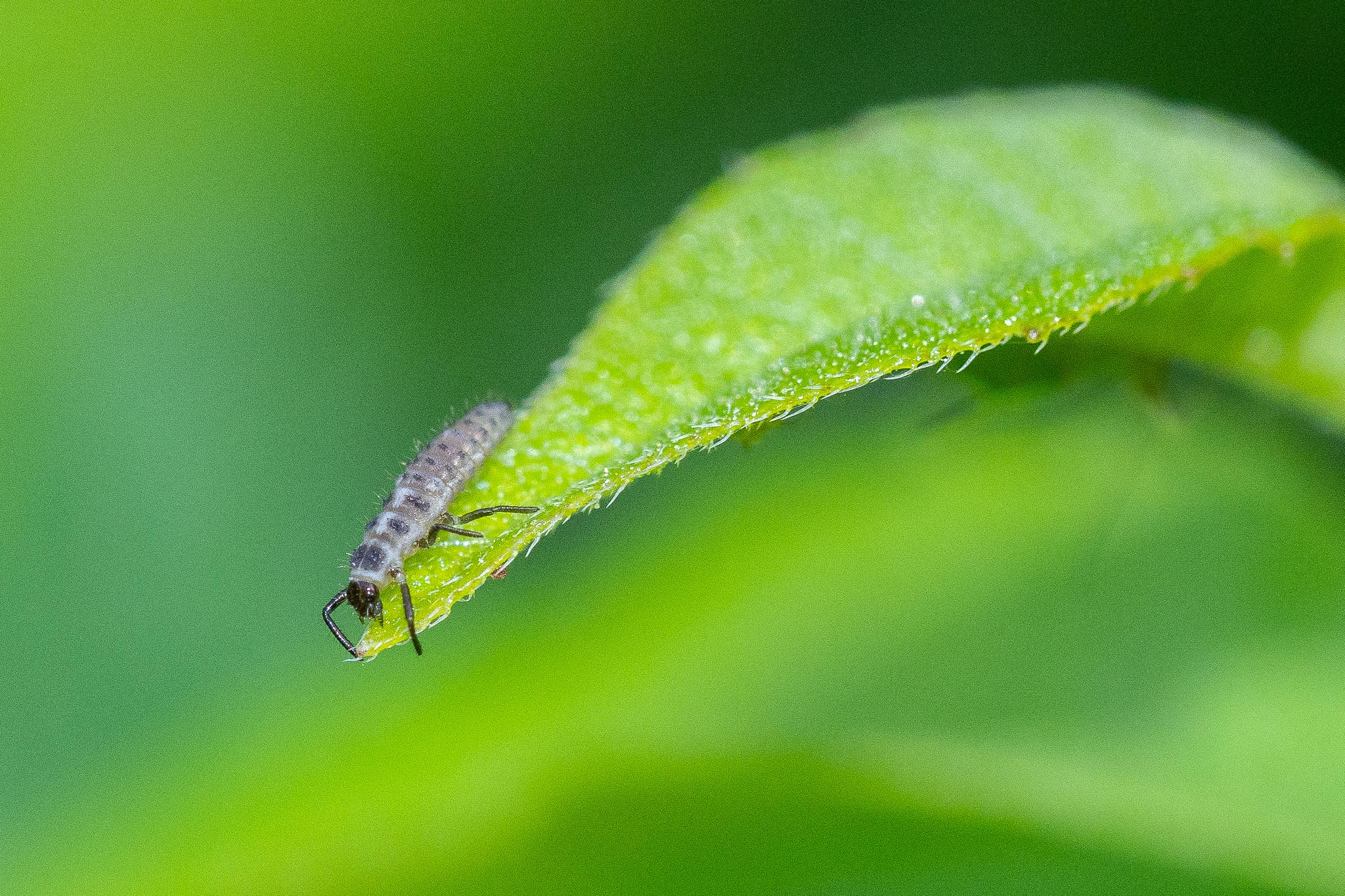
I’ve started to notice more ladybird-related activity (serious stuff). In the same raised bed as the previous image, this ladybird larvae was looking for trouble.
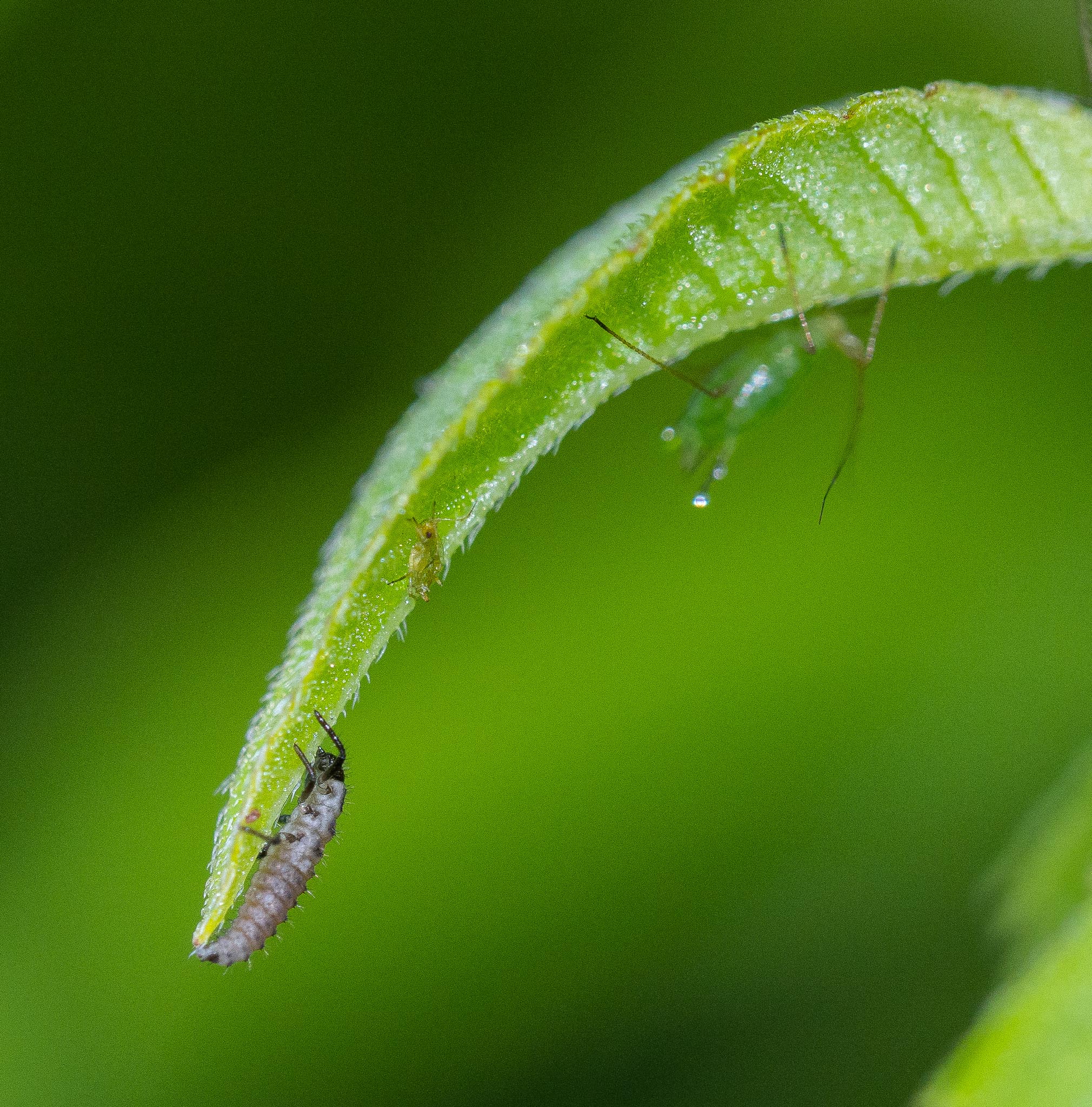
I didn’t quite get a good enough photo of the moment the larvae began to bother the aphids it was hunting, but you can see it here in close proximity. Ladybird larvae predate aphids, one reason why ‘gardeners’ (that highly opinionated tribe) like them, because aphids can damage plants. These larvae also can give a human quite the nip. When the larvae approached the larger aphid it began to do this aggressive waving of its legs. It seemed to work, the aphid didn’t get anywhere and went to hang out at the tip of the leaf as above.

I found the next stage of that larva’s development. This ladybird has just exited its pre-adult stage. It had taken about a week or more, which is a lot longer than I thought that would take.
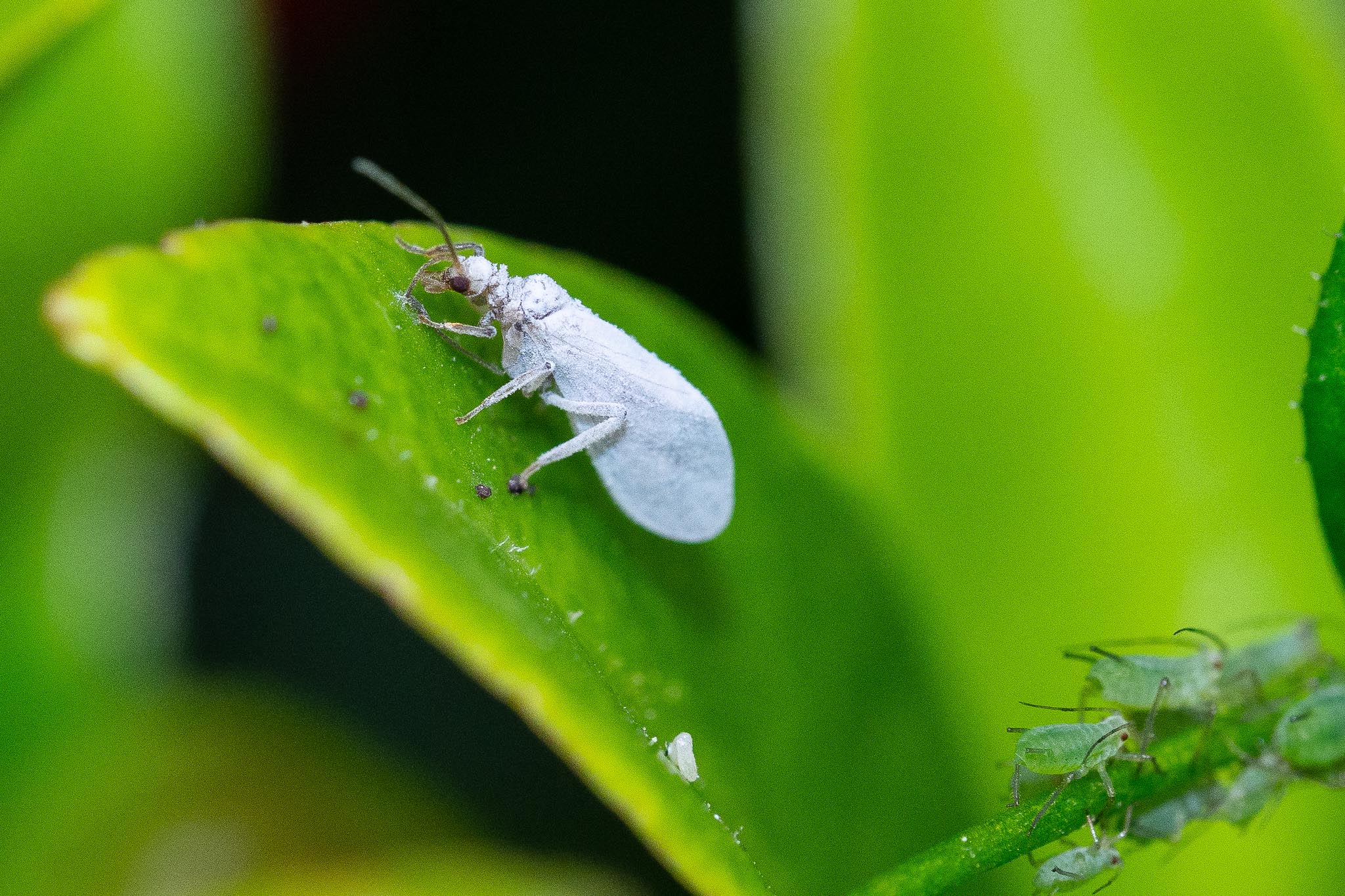
The cooler, greyer weather is brilliant for macro because it slows insectlife down and creates much softer lighting. Direct sunlight can make images unmanageable. This lacewing-like insect looked to be dining out on some kind of egg or larval stage on a leaf in the hedge. I enjoy the little herd of aphids in the bottom corner.
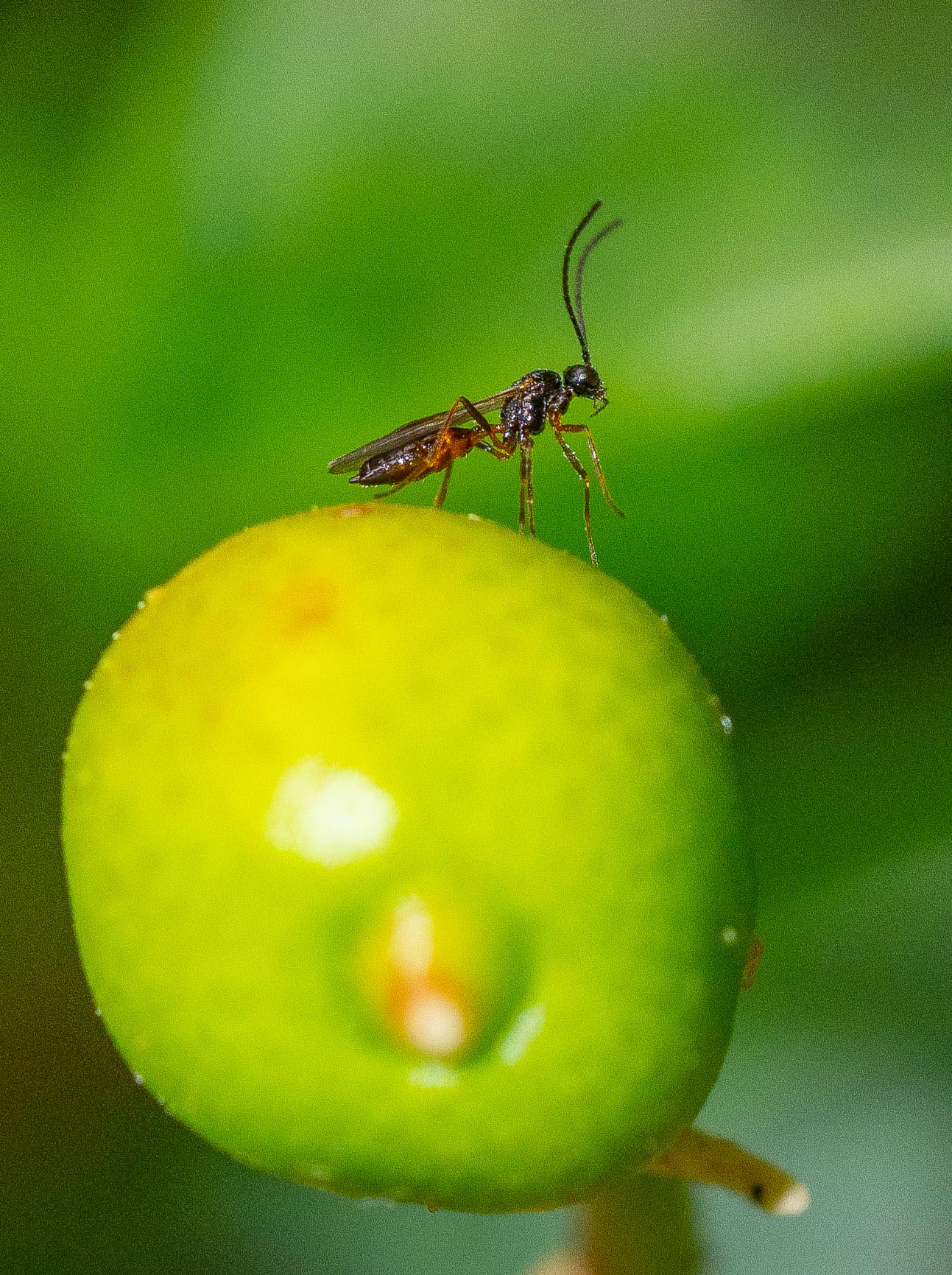
In the same hedge I noticed the movement of a small, wasp-like insect. To many people you may think that means yellow and black. I doesn’t but it’s quite difficult to describe. I got lucky with this picture, the autofocus (which is not the best way to take macro, manual focus is better) zapped right on the eyes just before it flew away. I actually thought at first that this was a gall-wasp, the kind that makes galls grow on oak trees and other plants. But I think it’s probably an ichneumon wasp, one of over 2000 species found in the UK. I say this on account of its long antennae.

Yellow-faced bees are tough to photograph, as the above illustrates- it’s not in focus! But it was only later that I noticed something else. At the gap in the flower heads (this is a yarrow from the garden centre) a spider is waiting. I know this because after the bee had flown I saw the spider come out, prey-less.
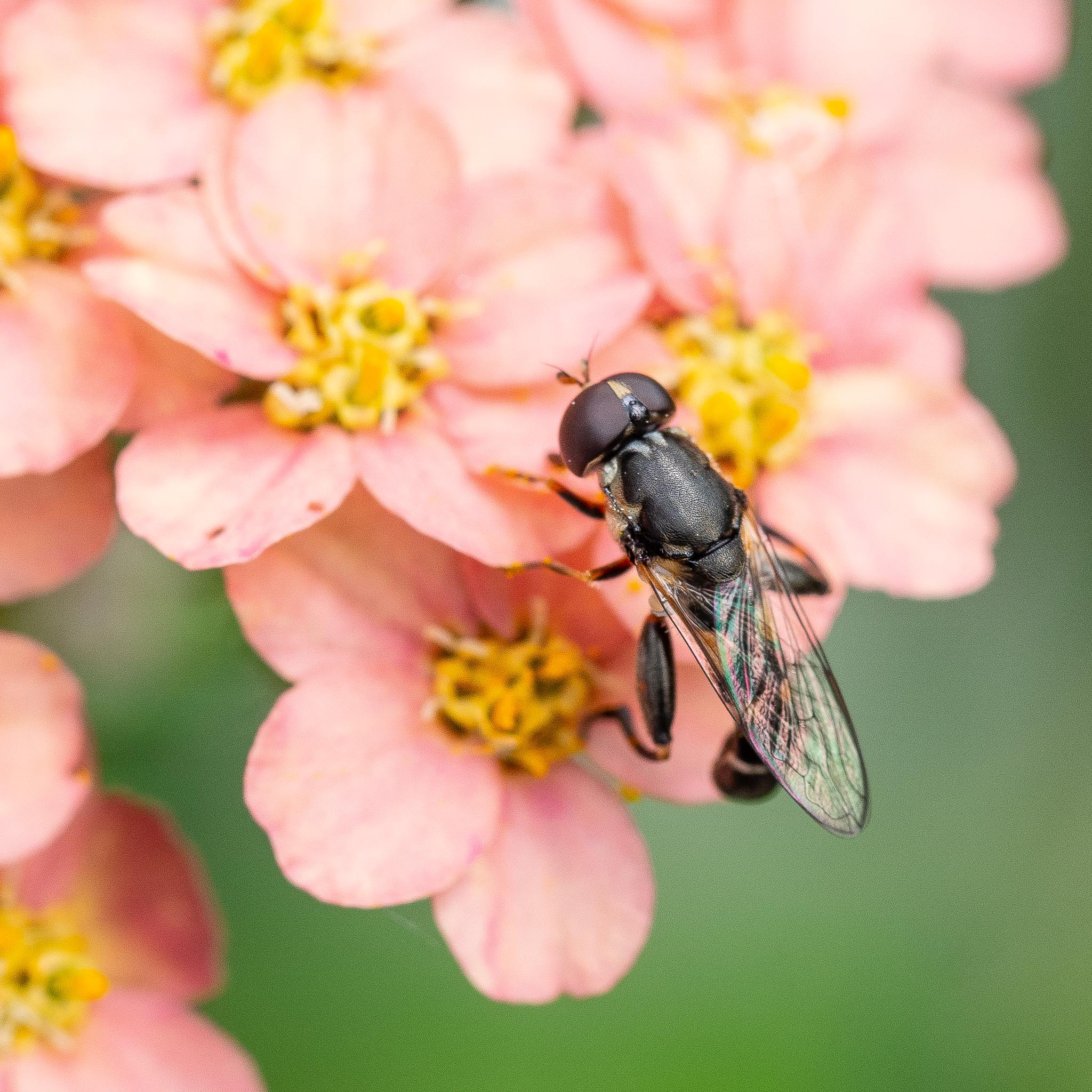
On the same flower this rather agile looking hoverfly was seeking a nectar-based lunch.

The cool, grey days are a good time to look for insects on wooden surfaces. I remember reading a blogpost a couple of years ago all about fenceposts in rural areas for macro. The idea is that when it’s cold, and especially windy, it can be a great place to find insects that are too cold to move. I wish I could say the same for this solitary bee, which only let me get this close after about 15 minutes of muttering to myself while running up and down the garden.
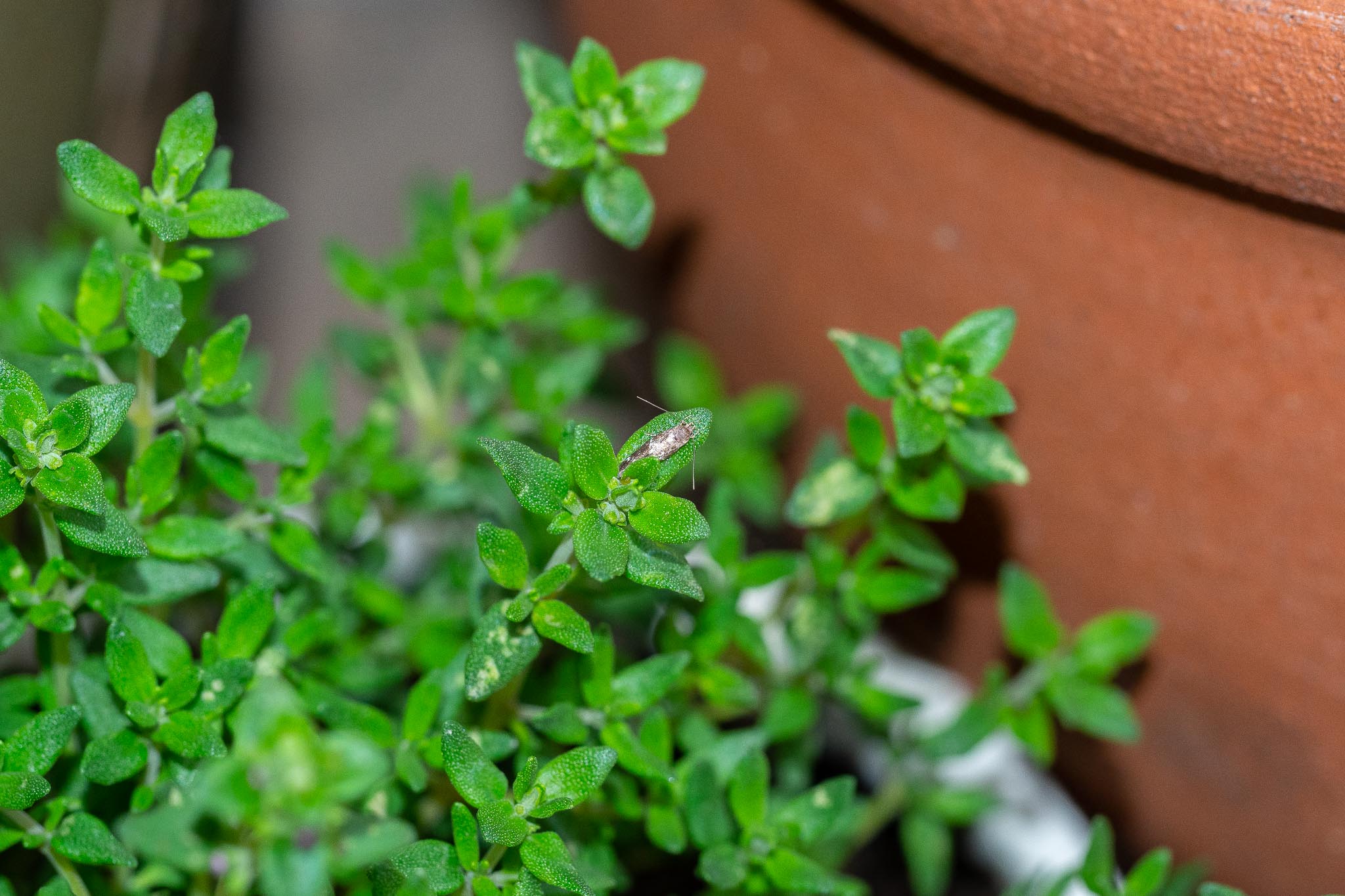
I’ve bought another thyme plant after seeing how popular it’s been with local pollinators. I was heading in for the evening when out of the corner of my eye I noticed a moth roosting on a leaf like a little bed.
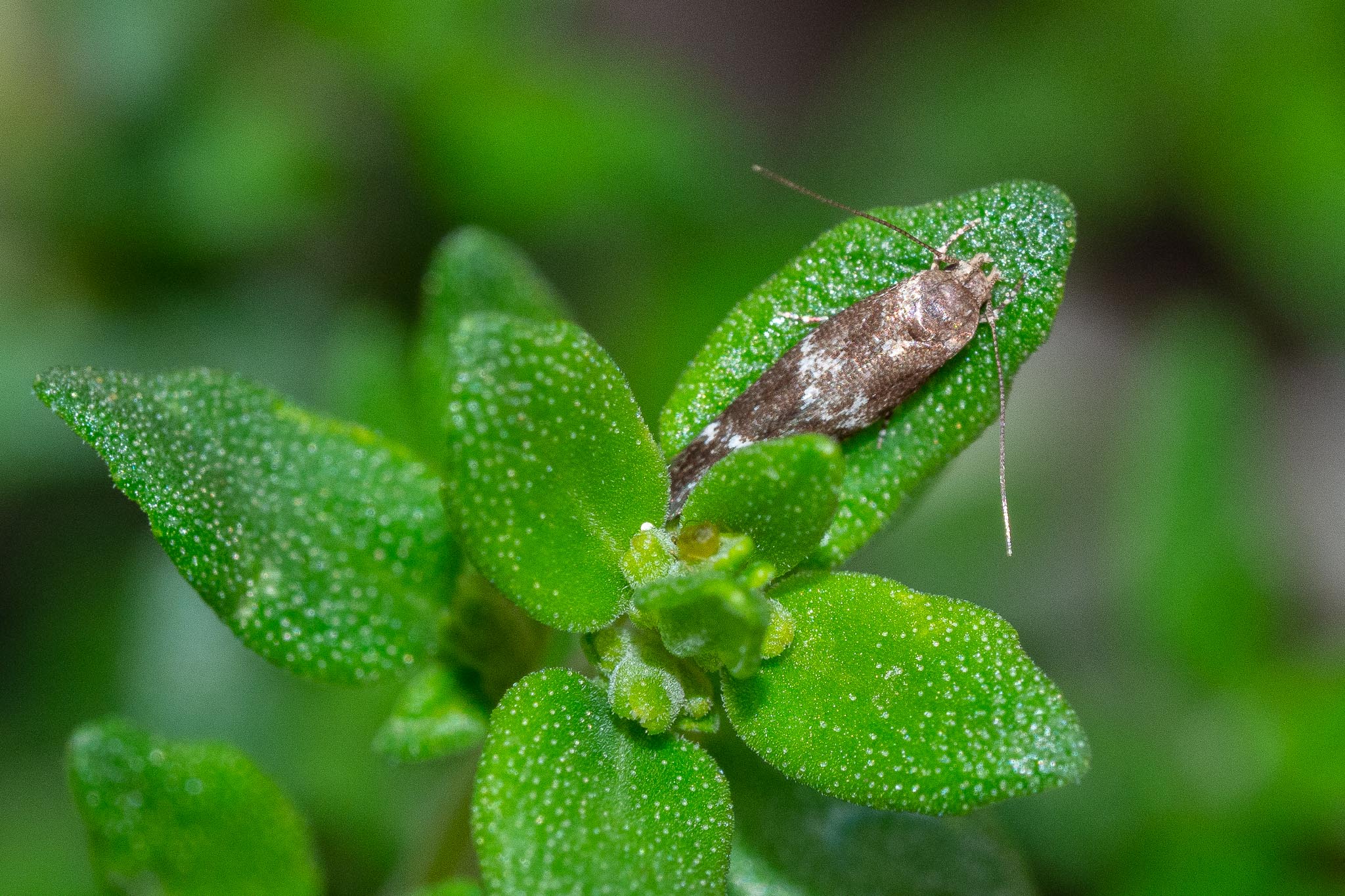
This is a micro-moth and, like so many species snapped in my garden, I don’t know which kind. I do have a micro-moth field guide but I can’t say it sees too much action.
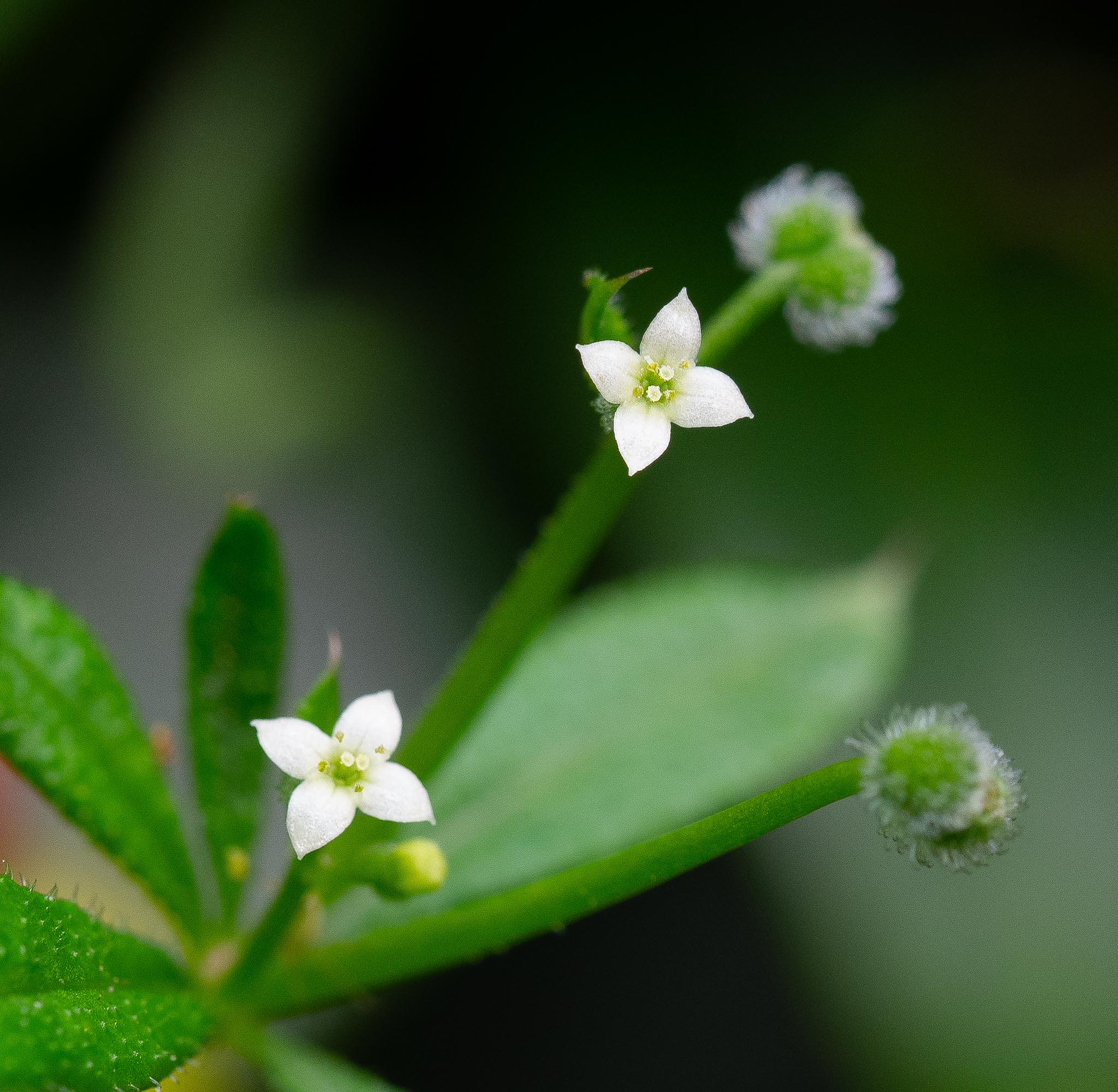
It’s important to remember that it’s not all about insect life, though. Cleavers, goose grass, sticky willy, whatever you strange English people call it, it has beautiful flowers. This plant is in the gardener’s ‘weed’ category (not marijuana, though it does have medicinal properties). The flowers are miniscule, and only by using something to magnify your vision can you really appreciate how beautiful they are.
Thanks for reading.
More macro





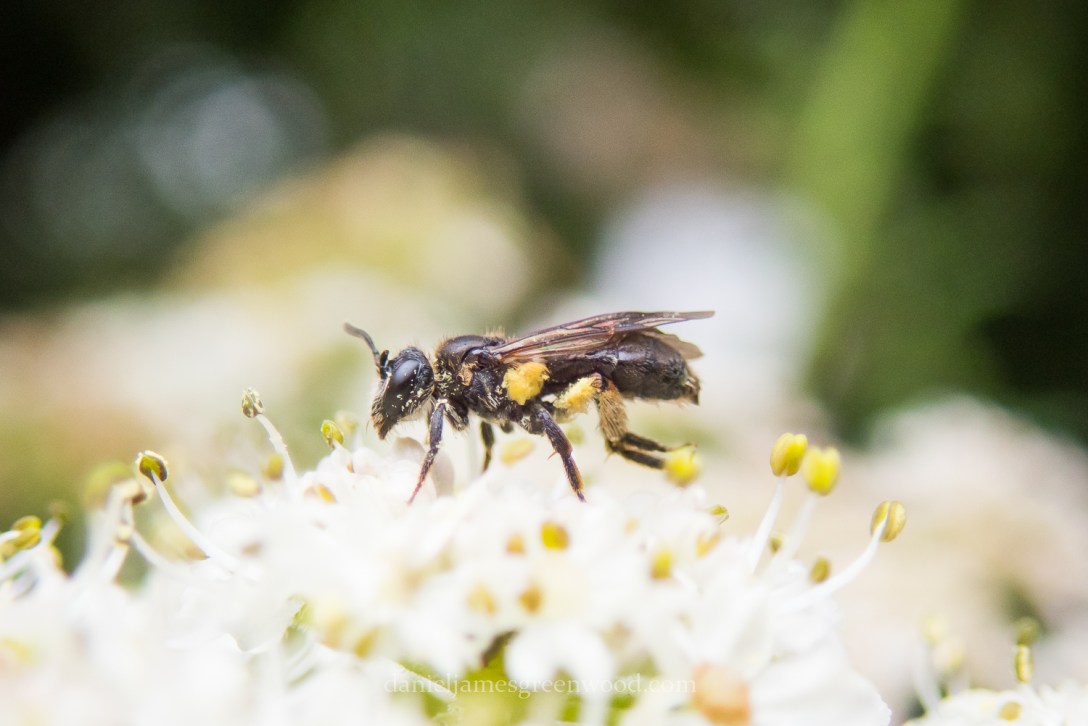







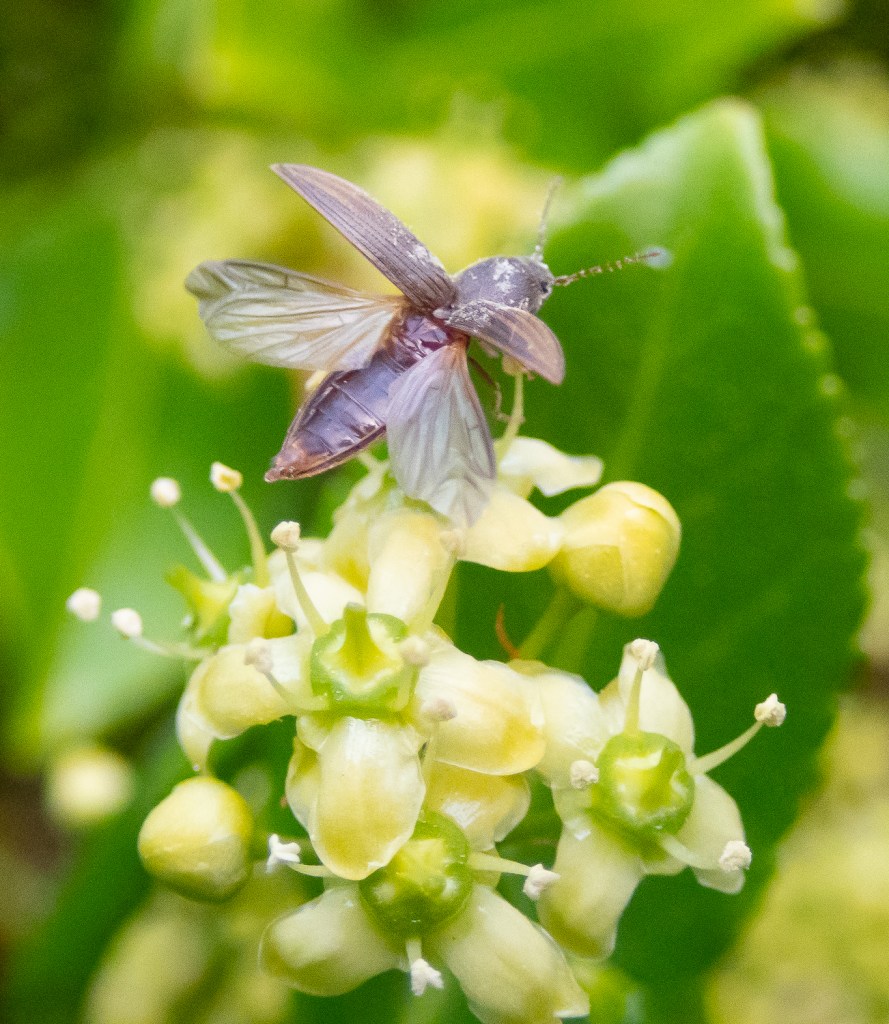

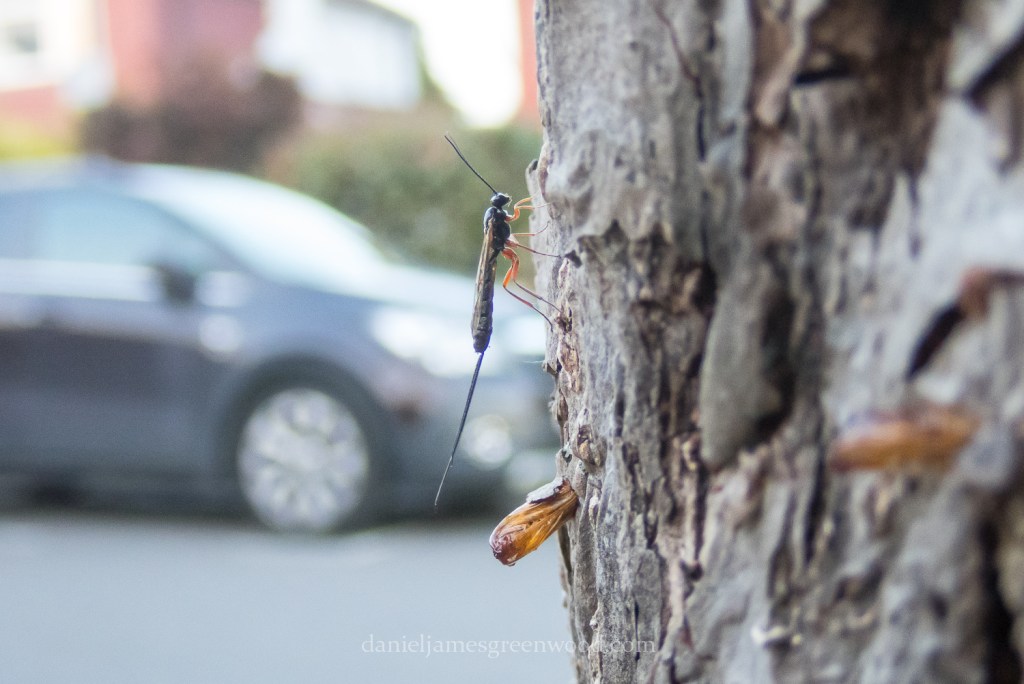




















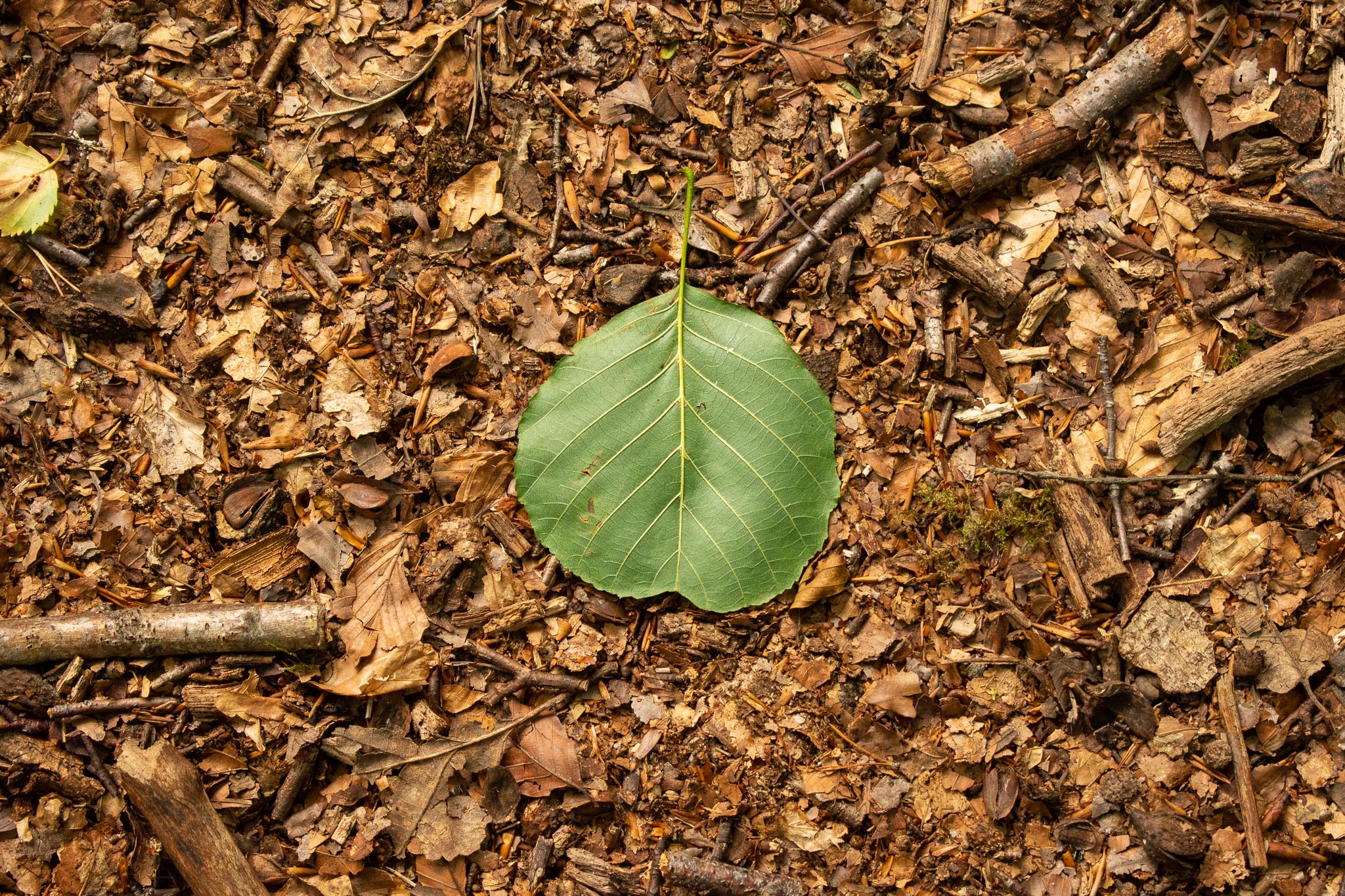
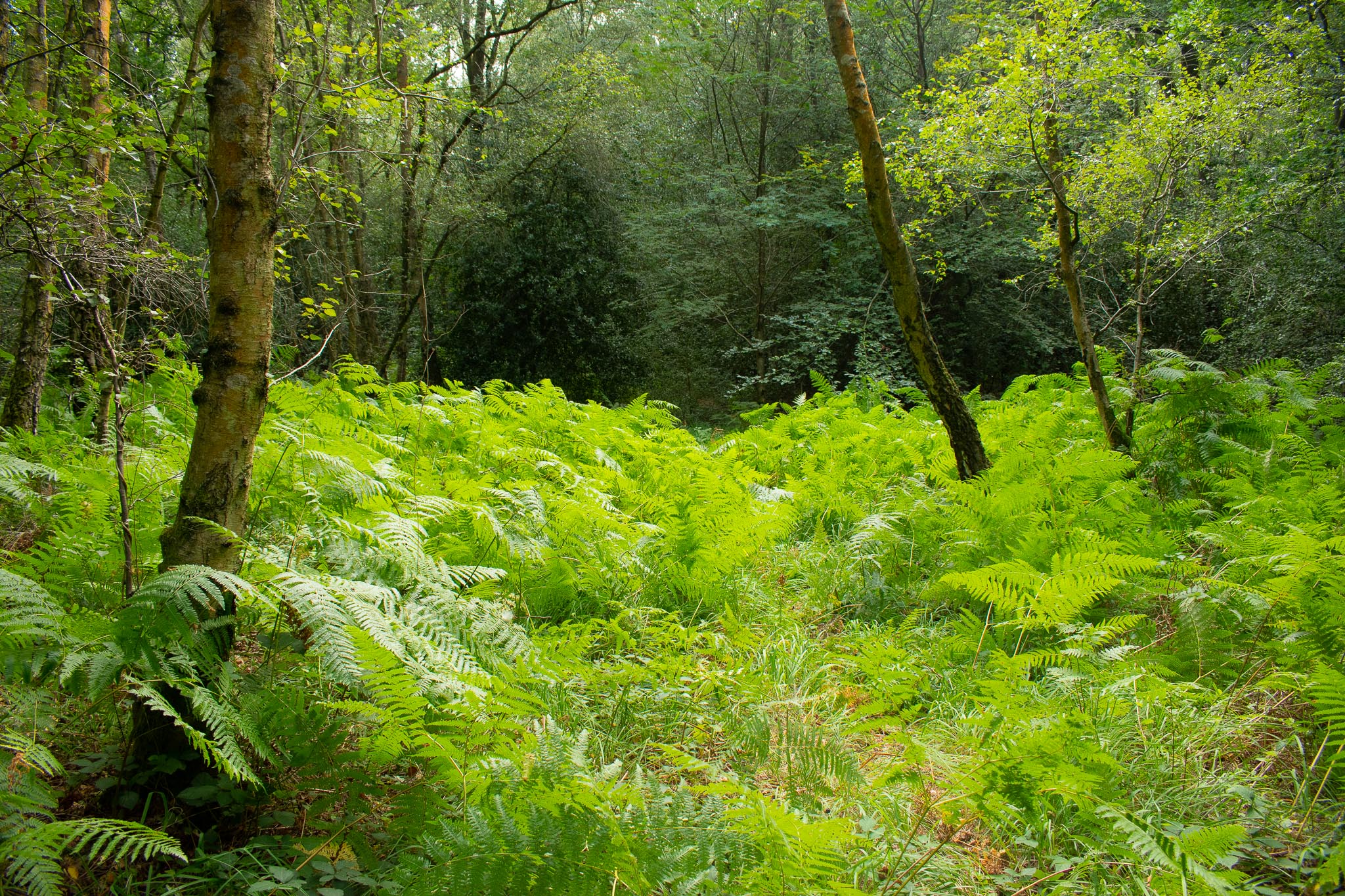 Bracken and birch glade
Bracken and birch glade
